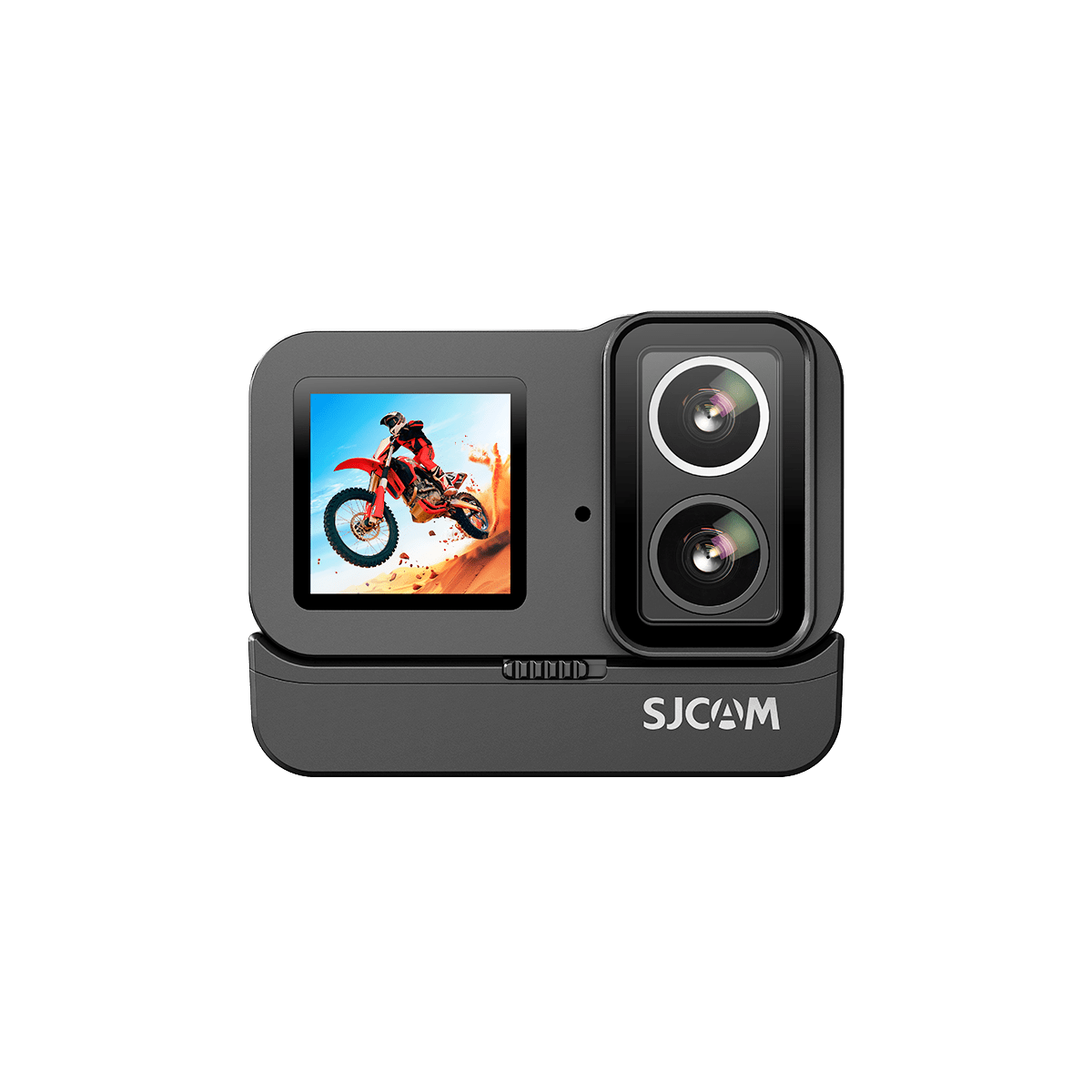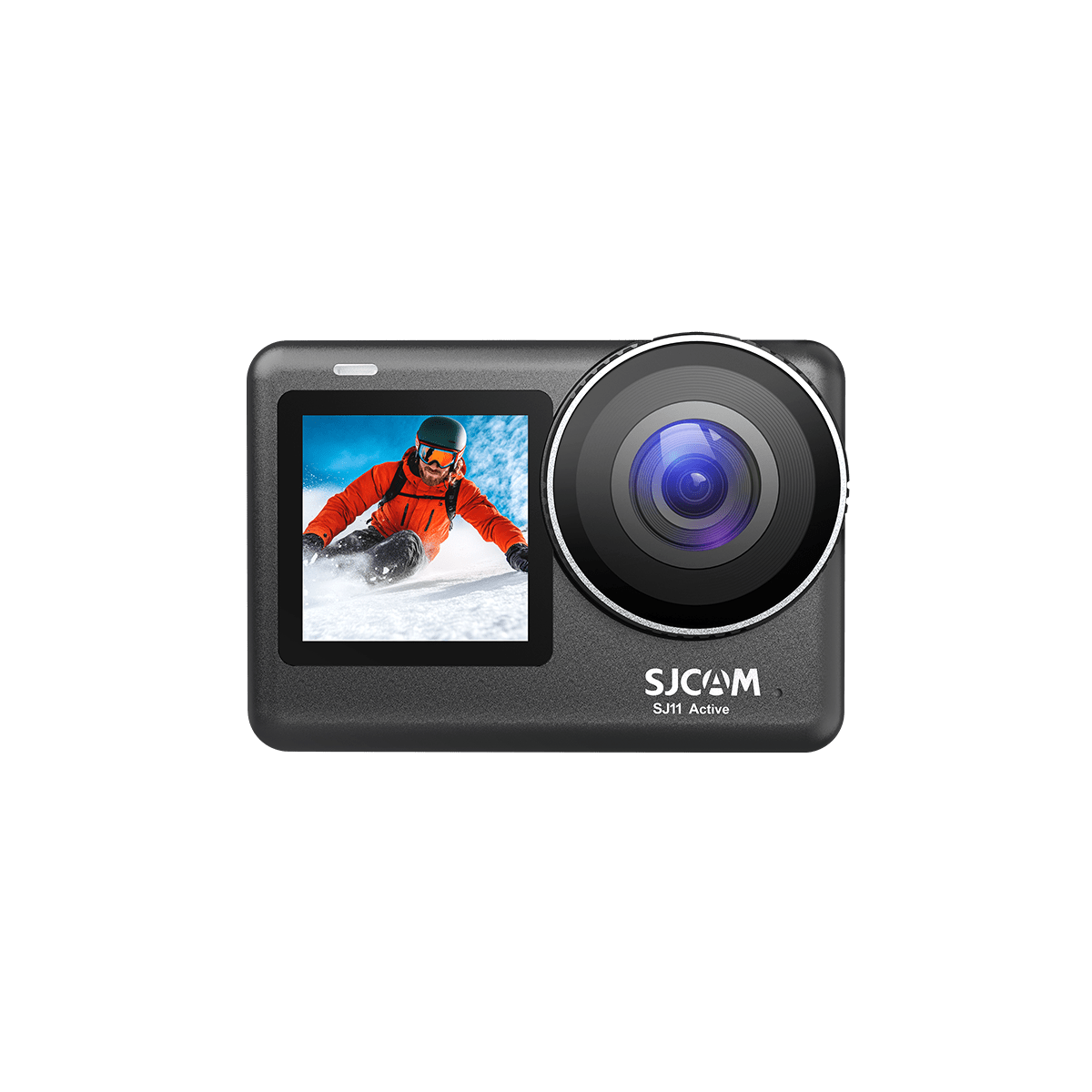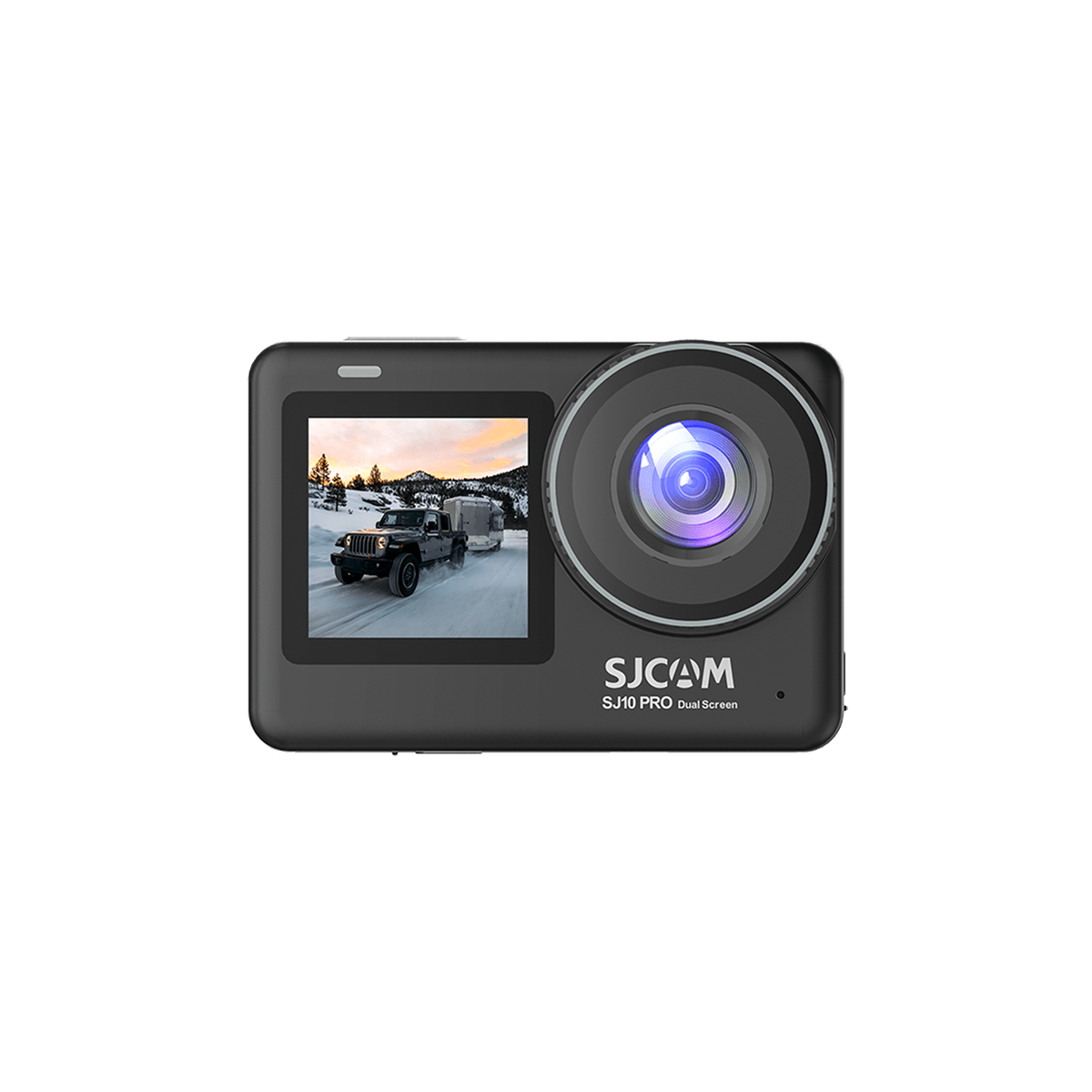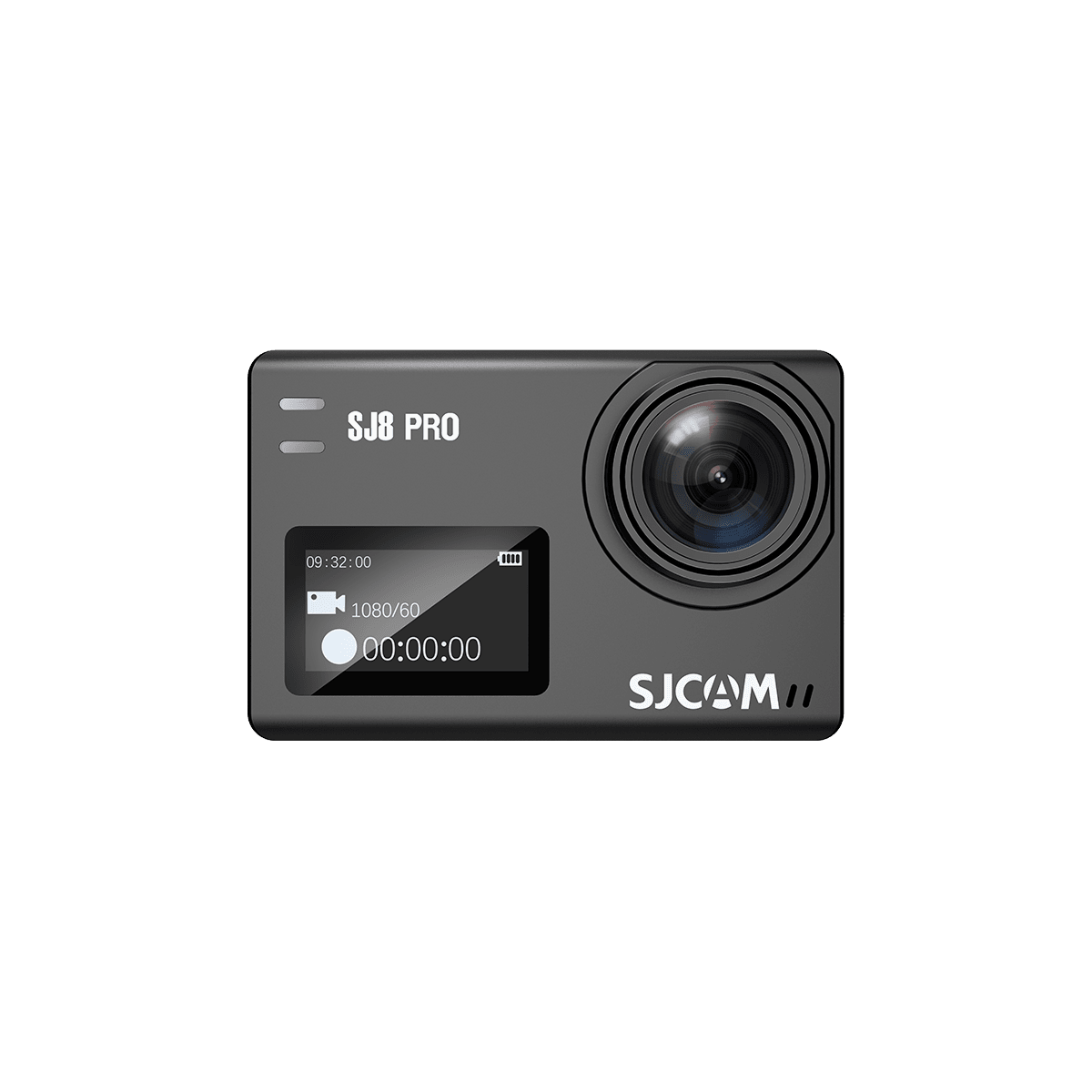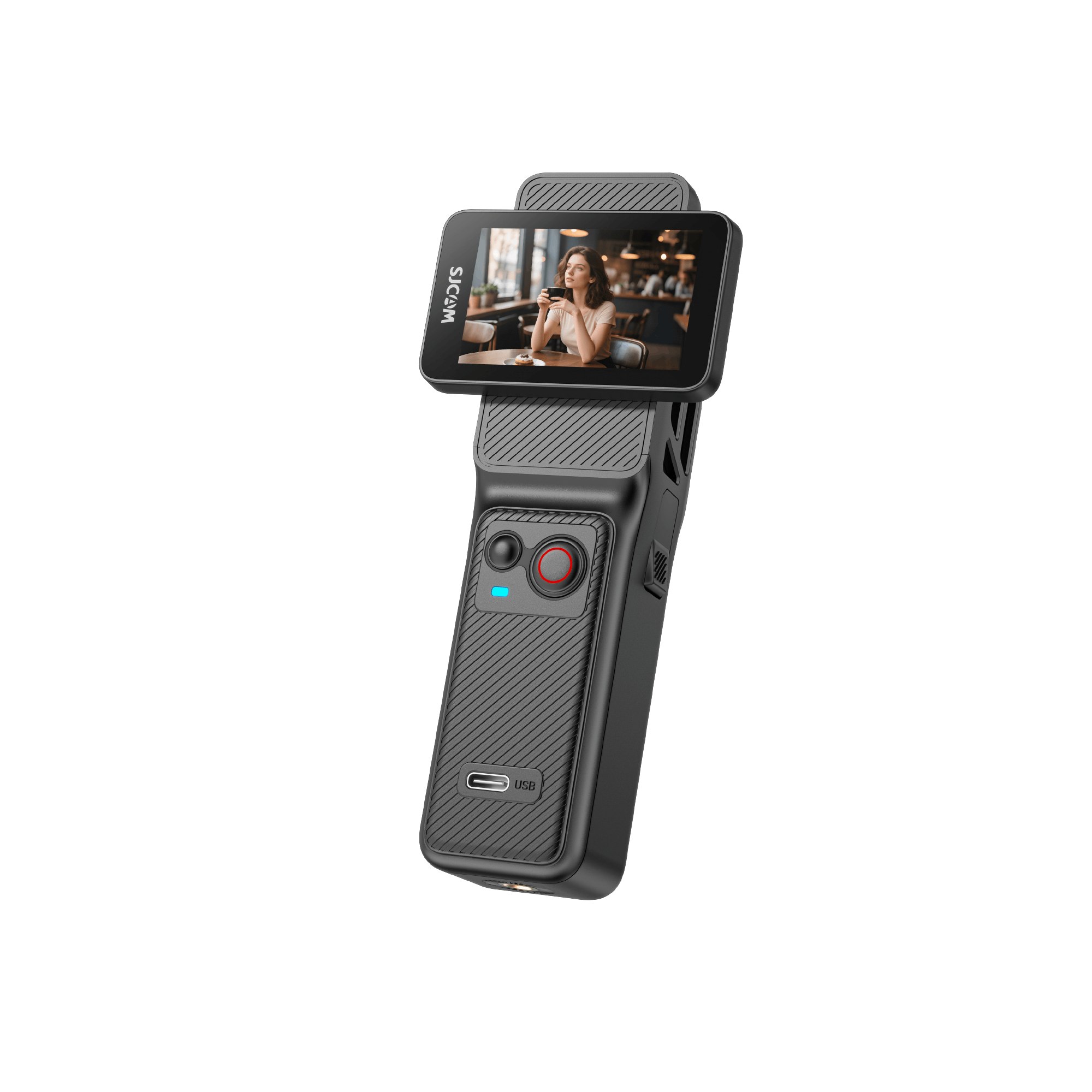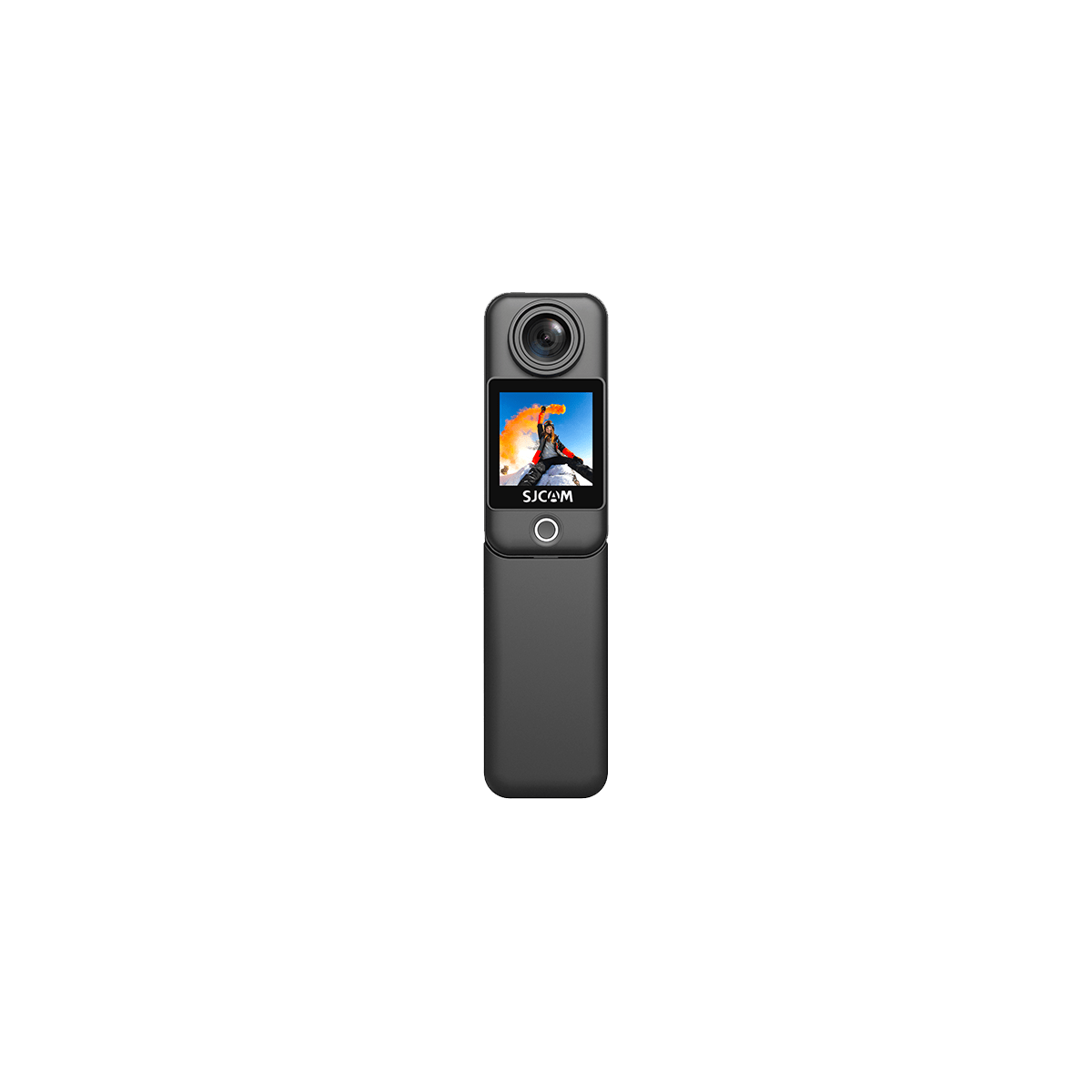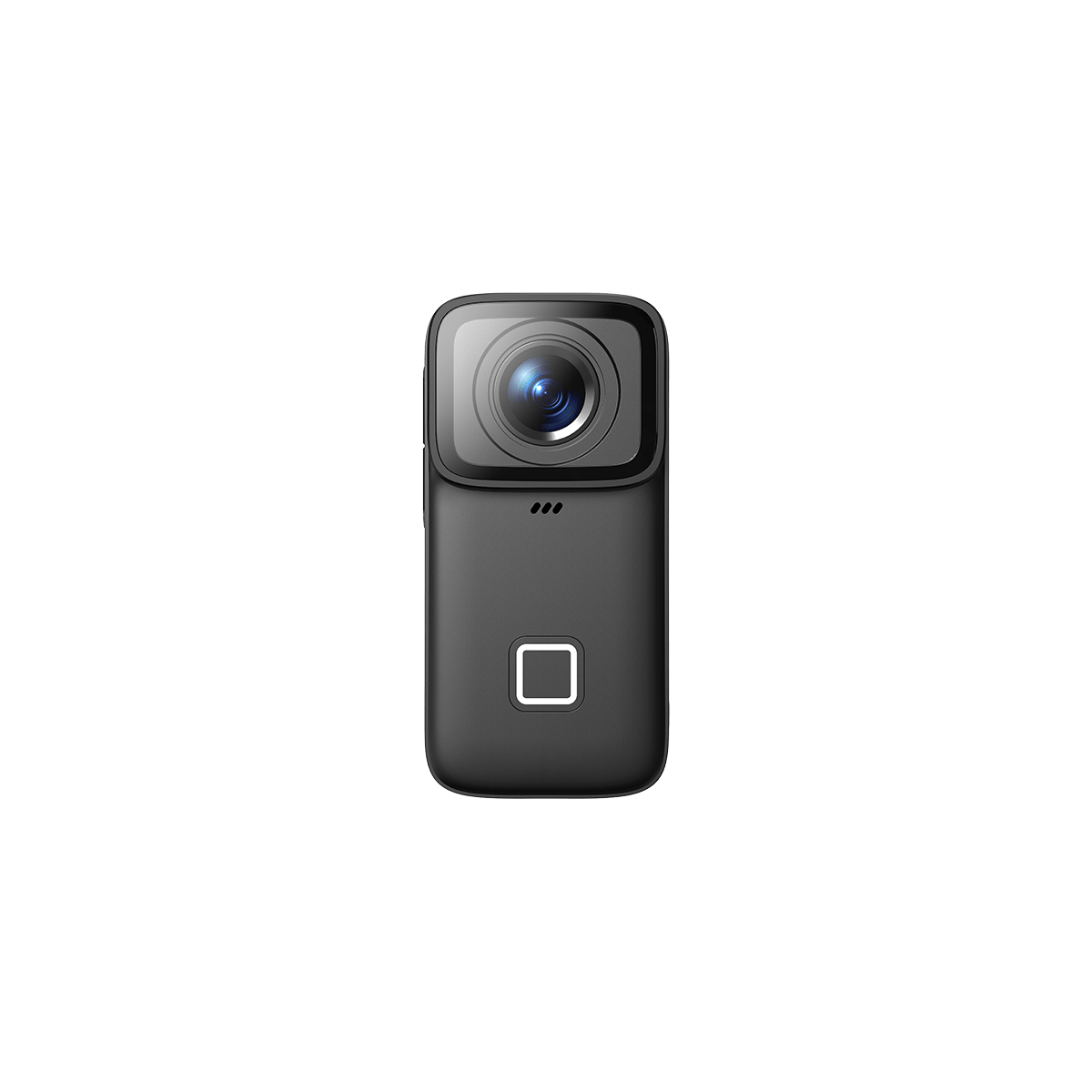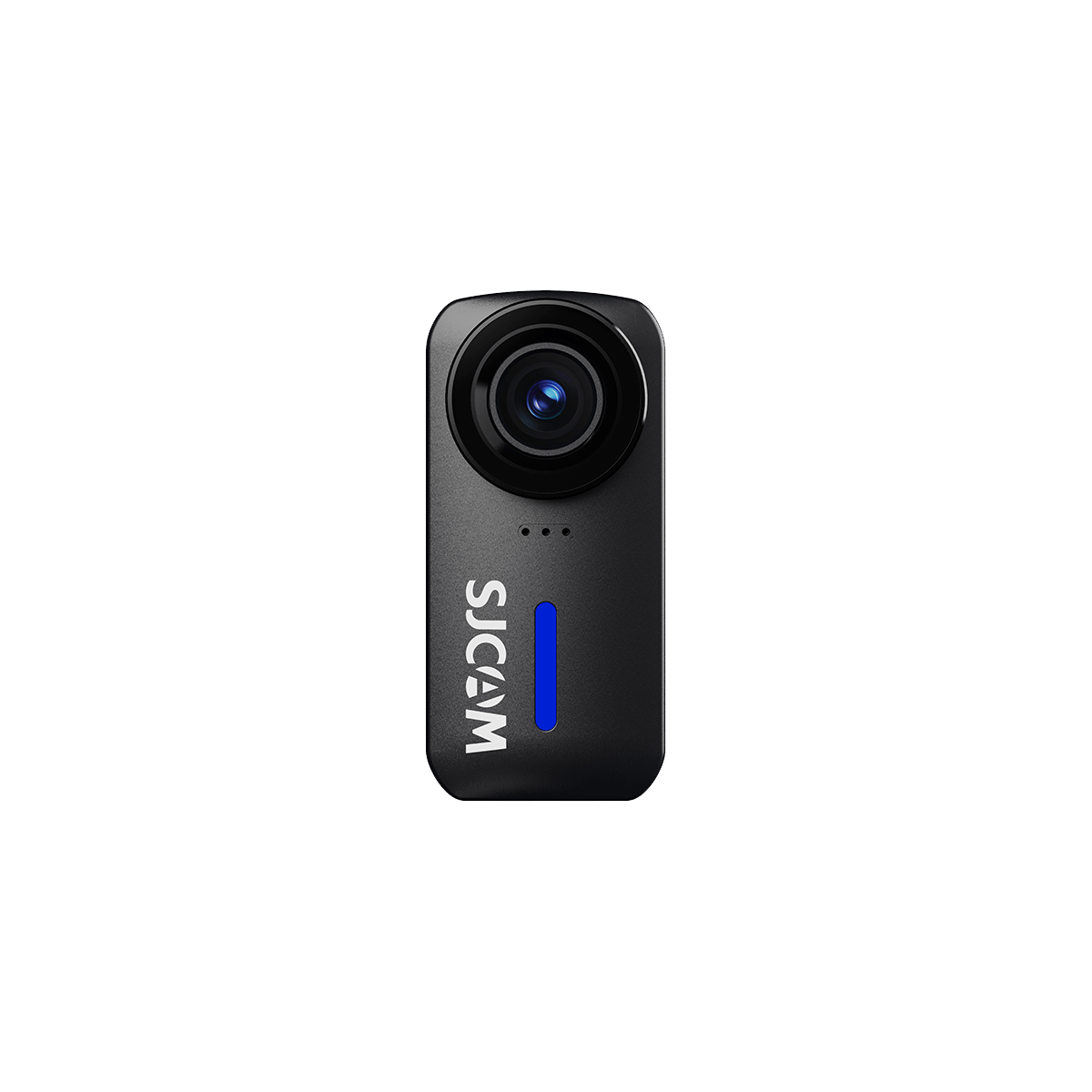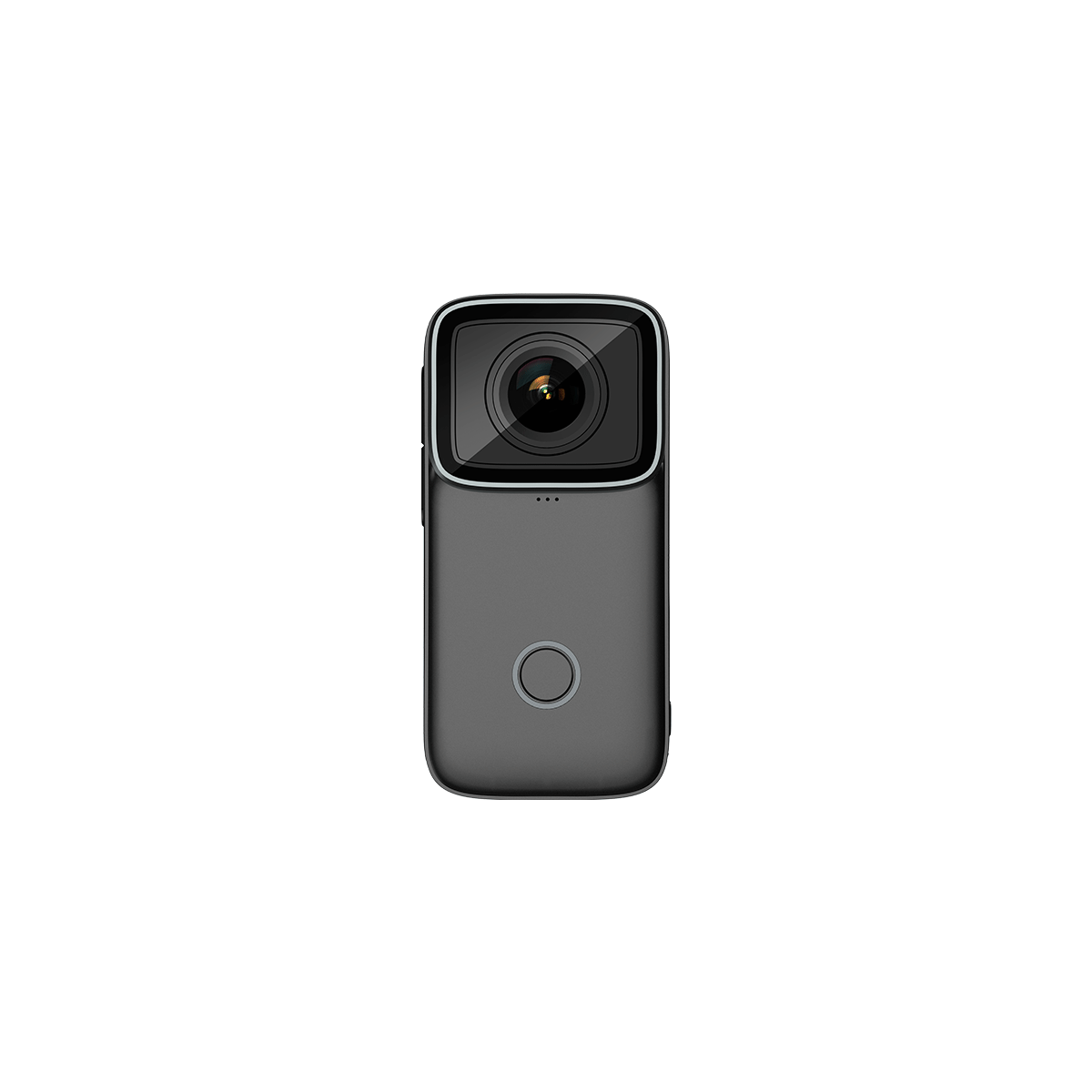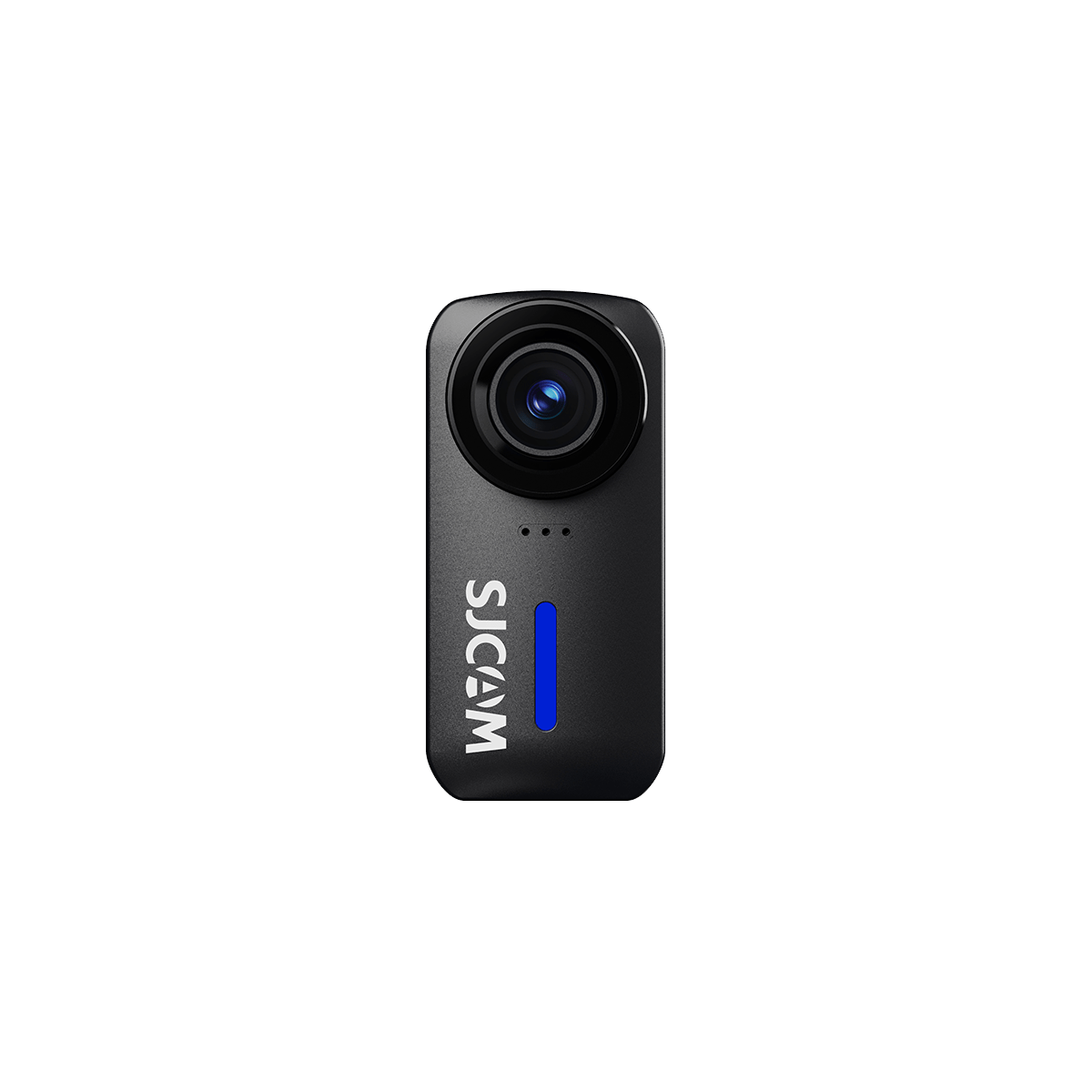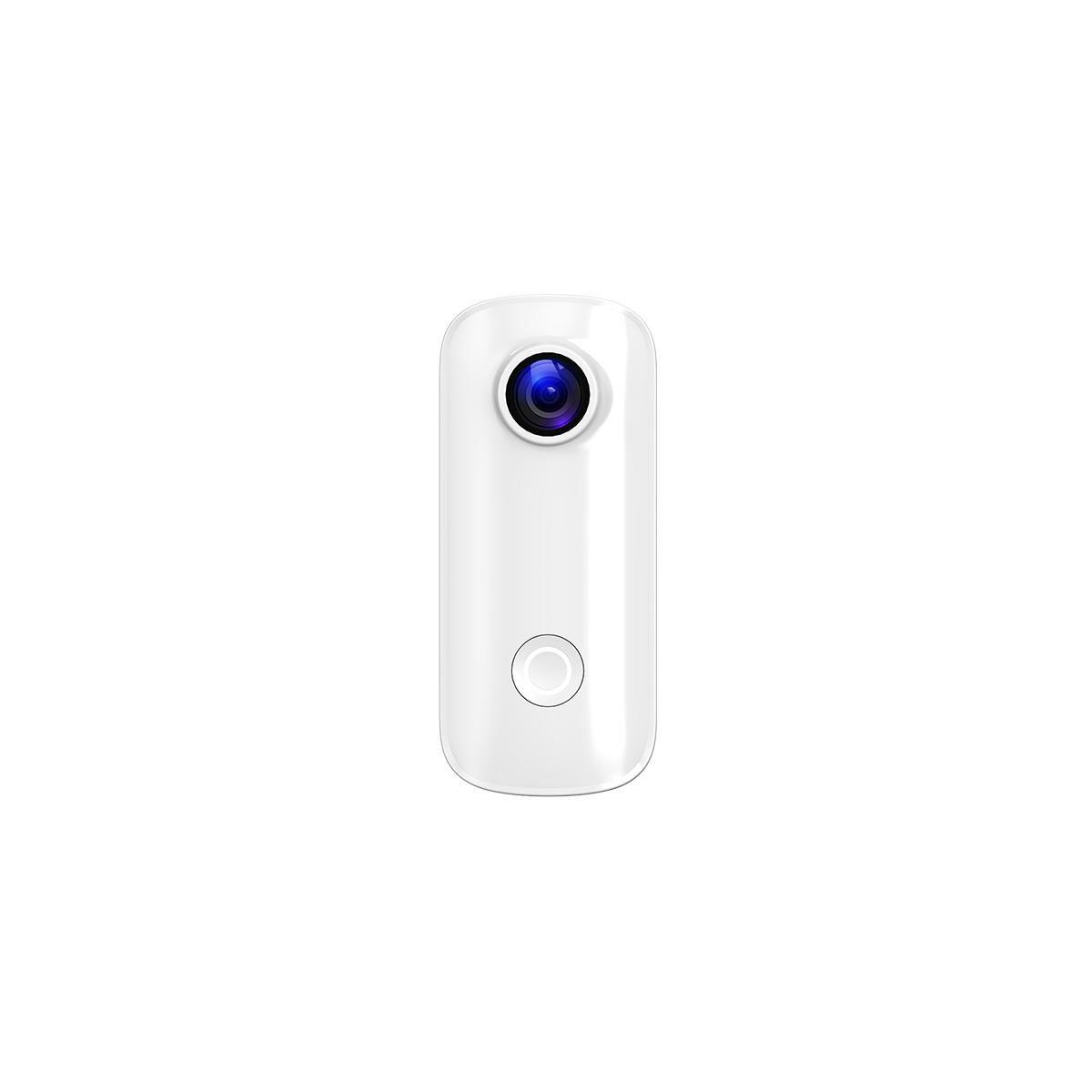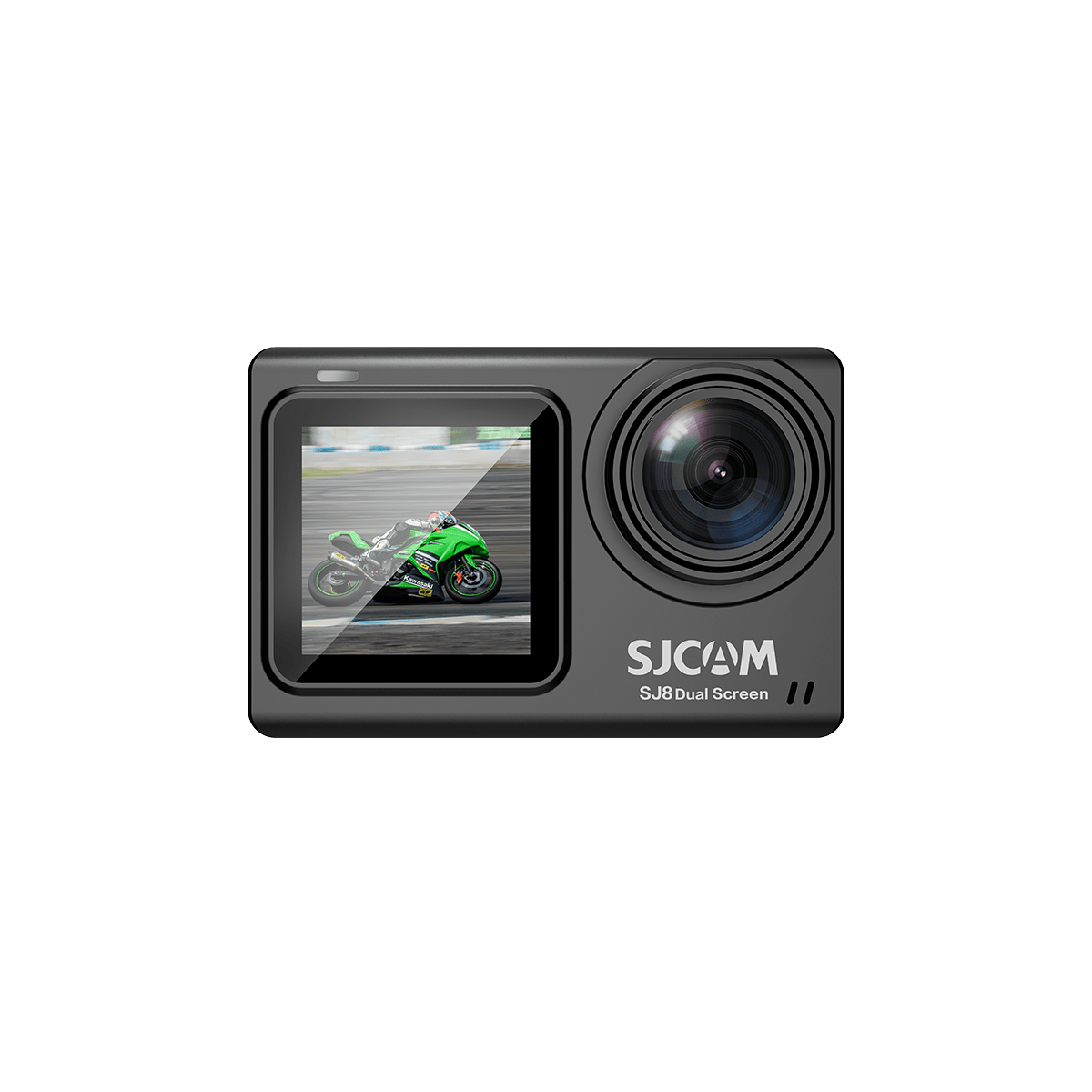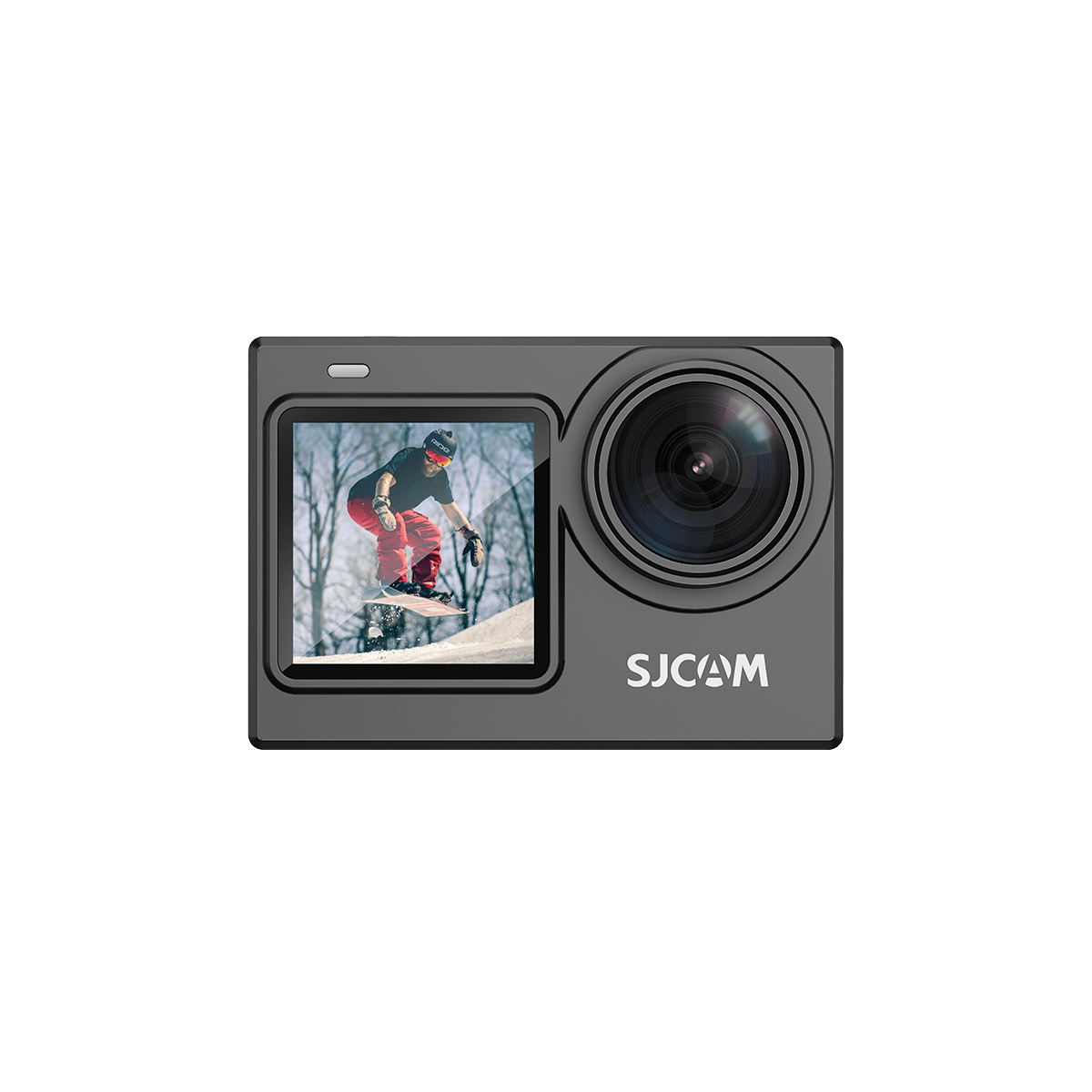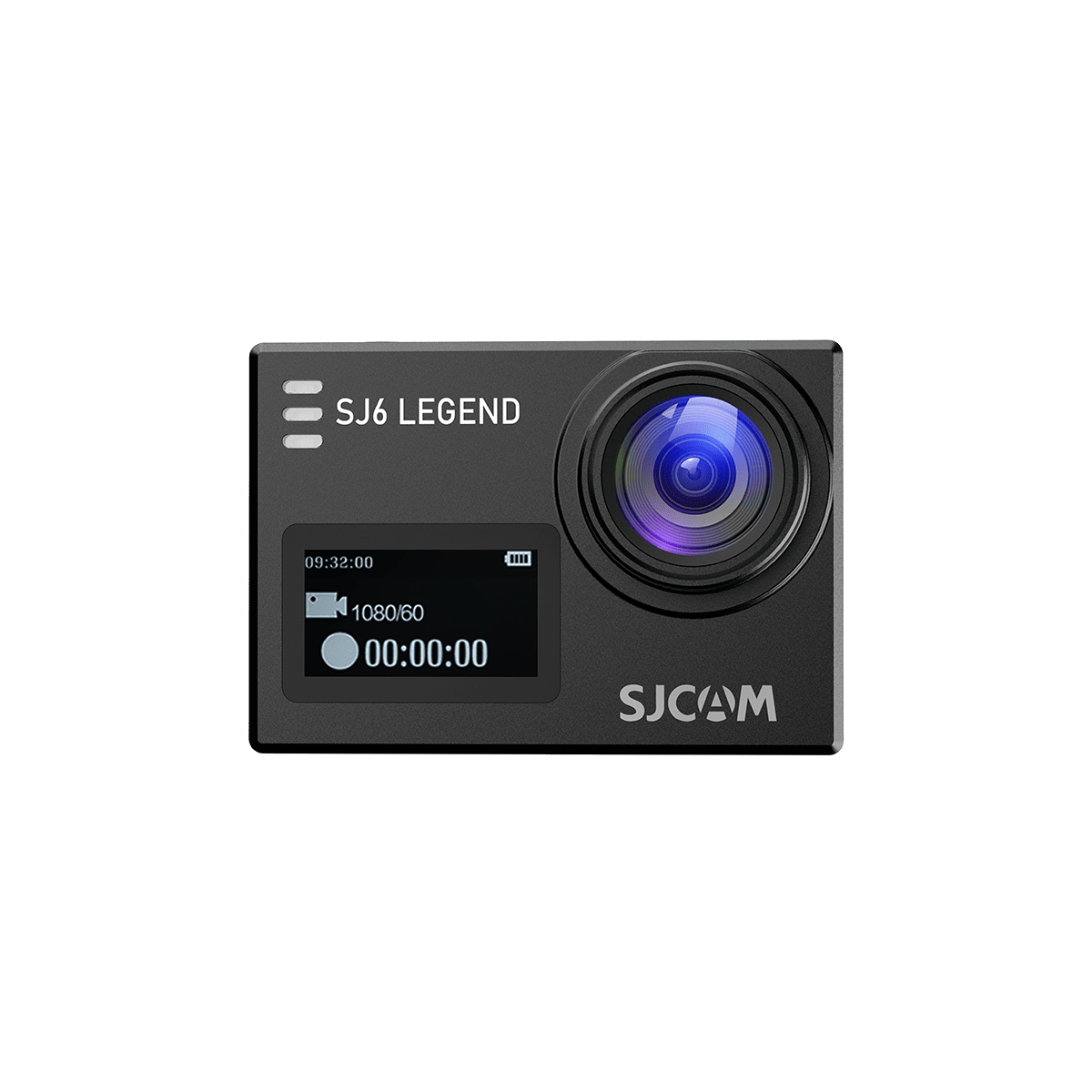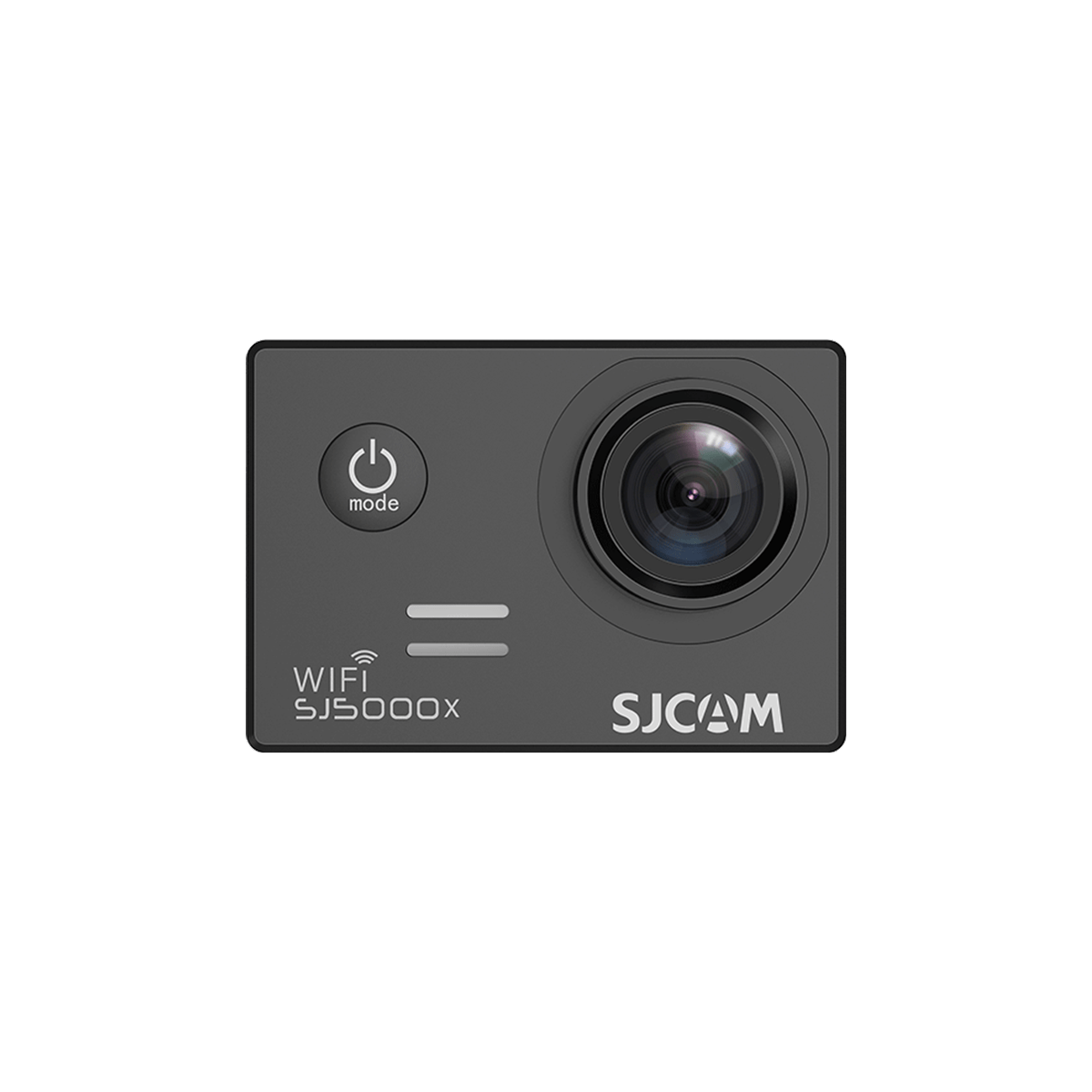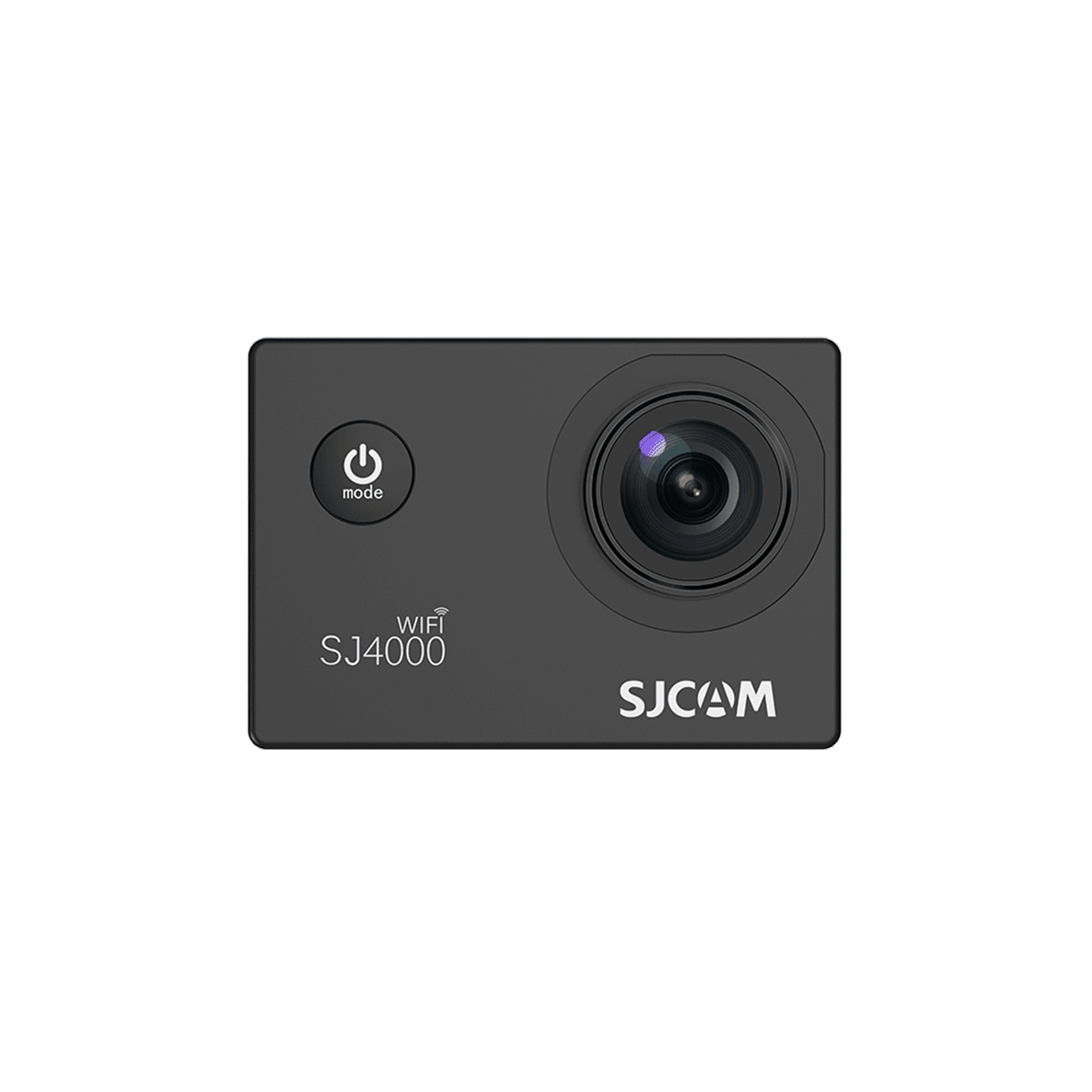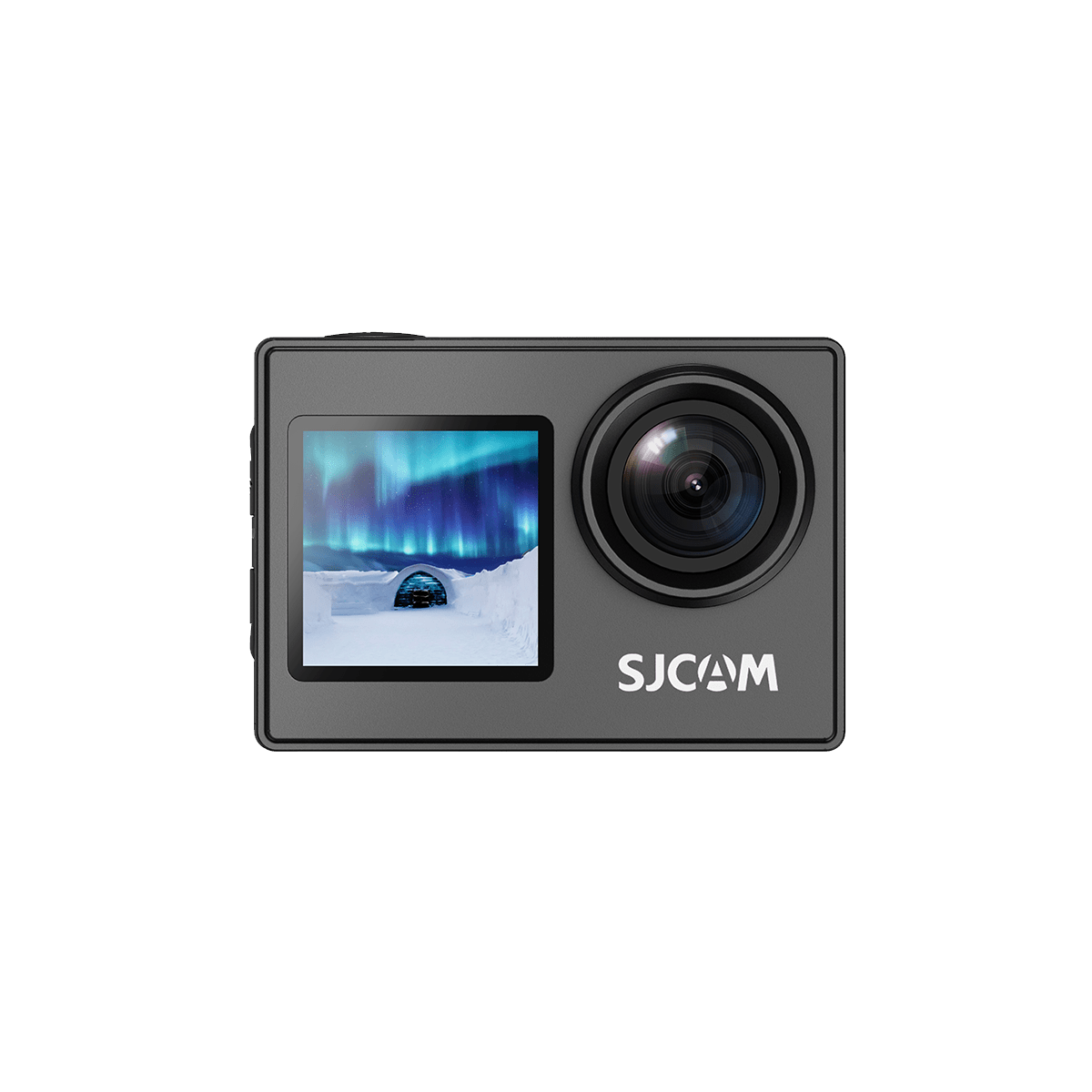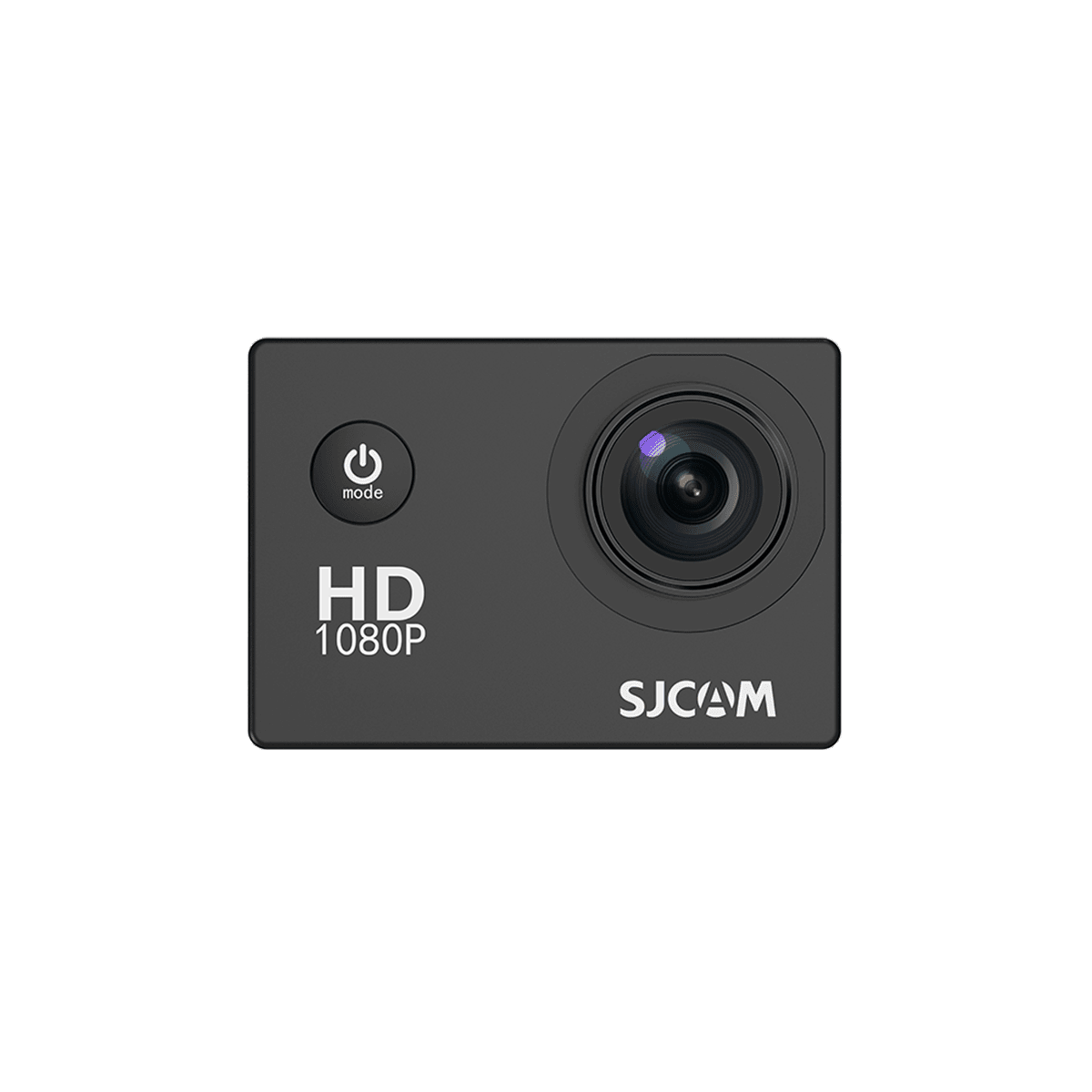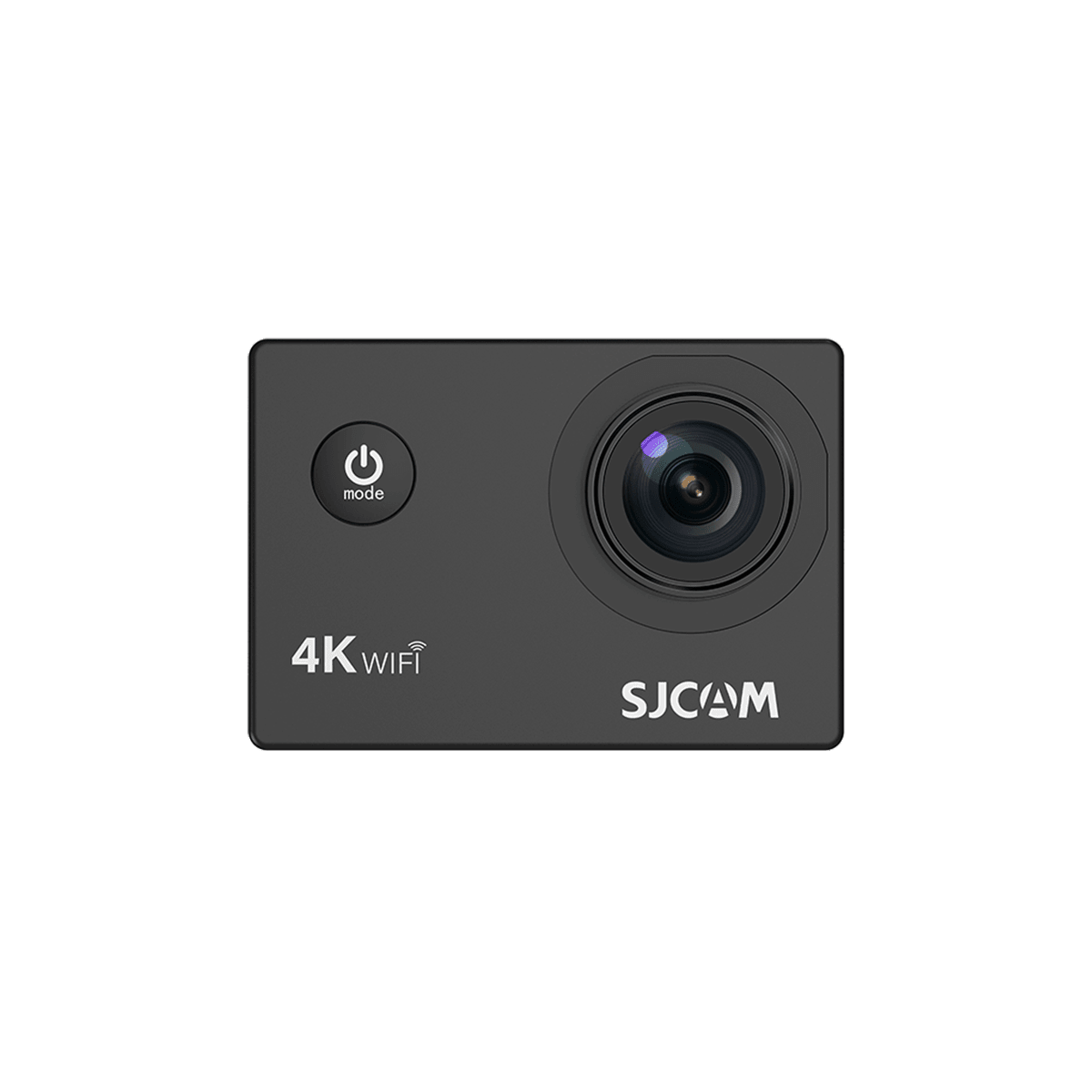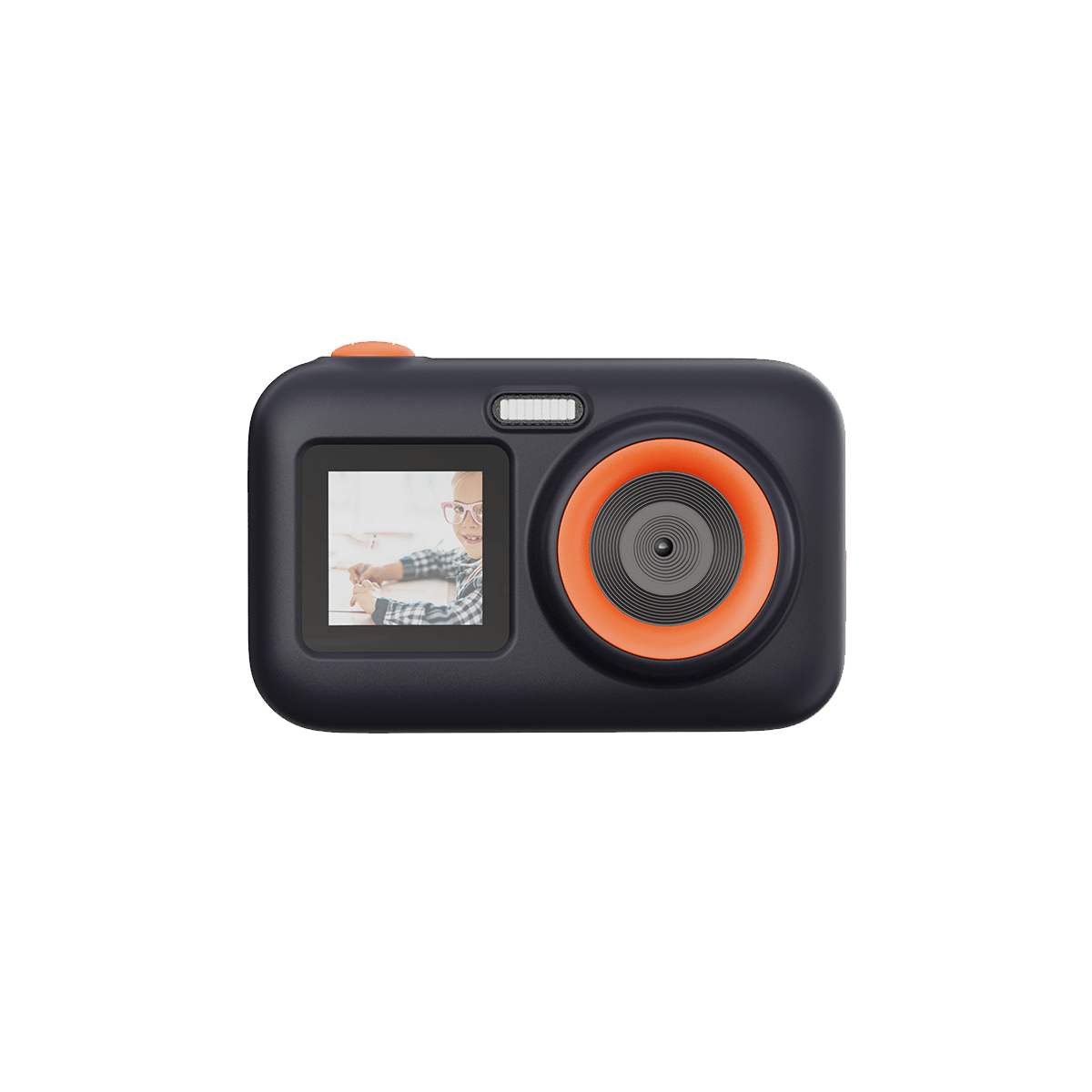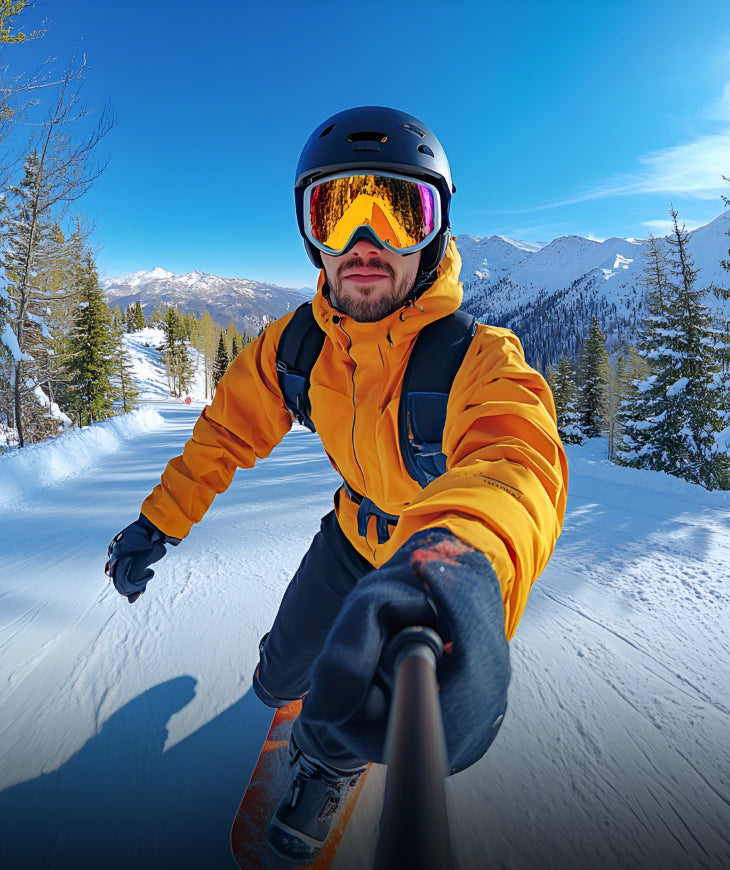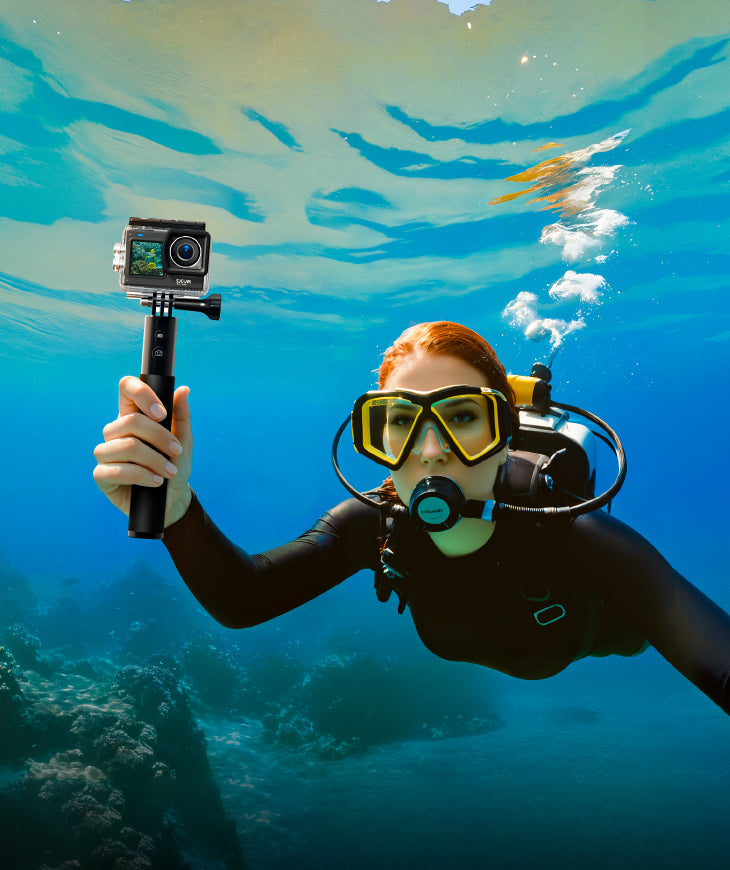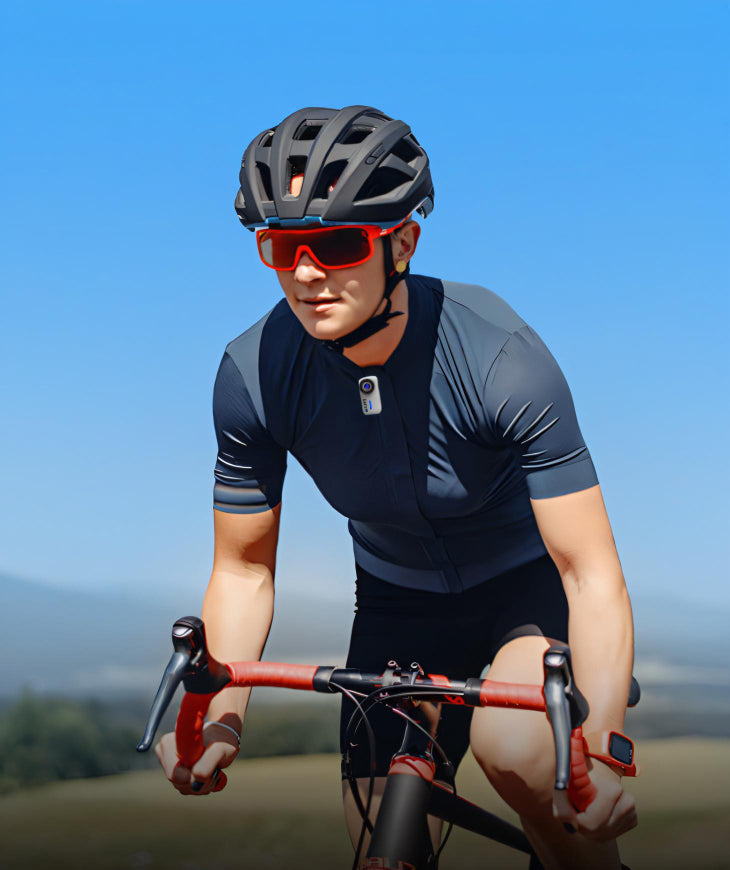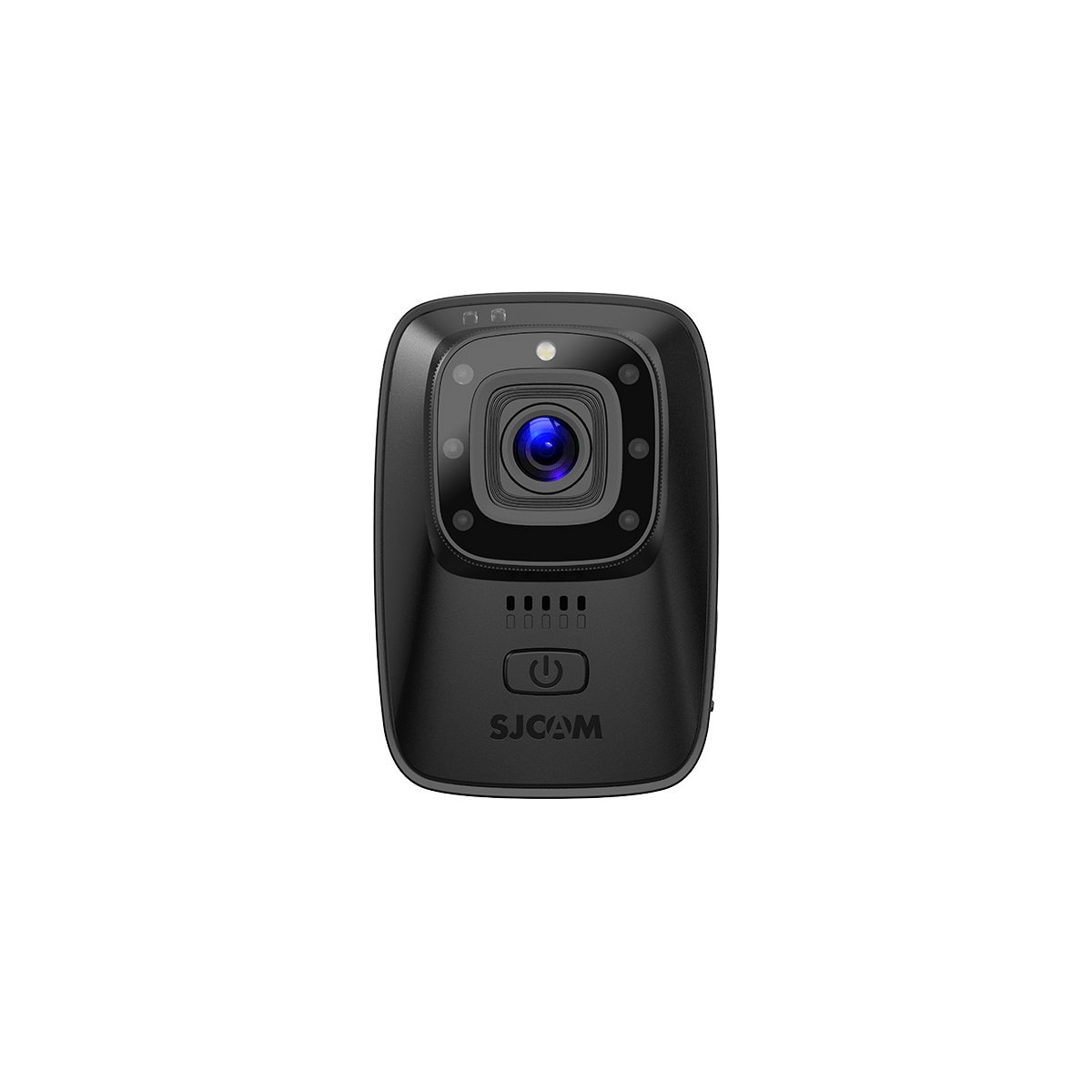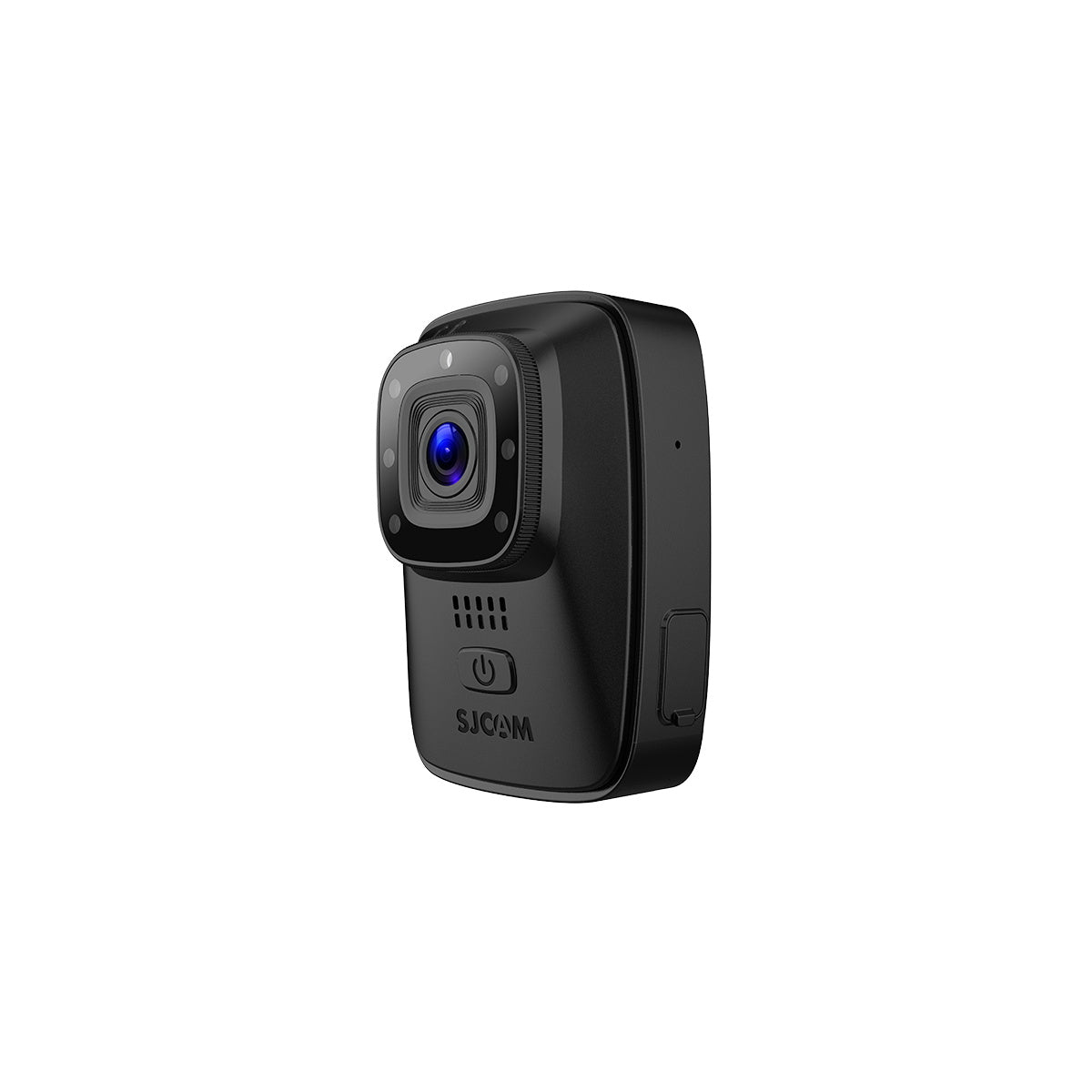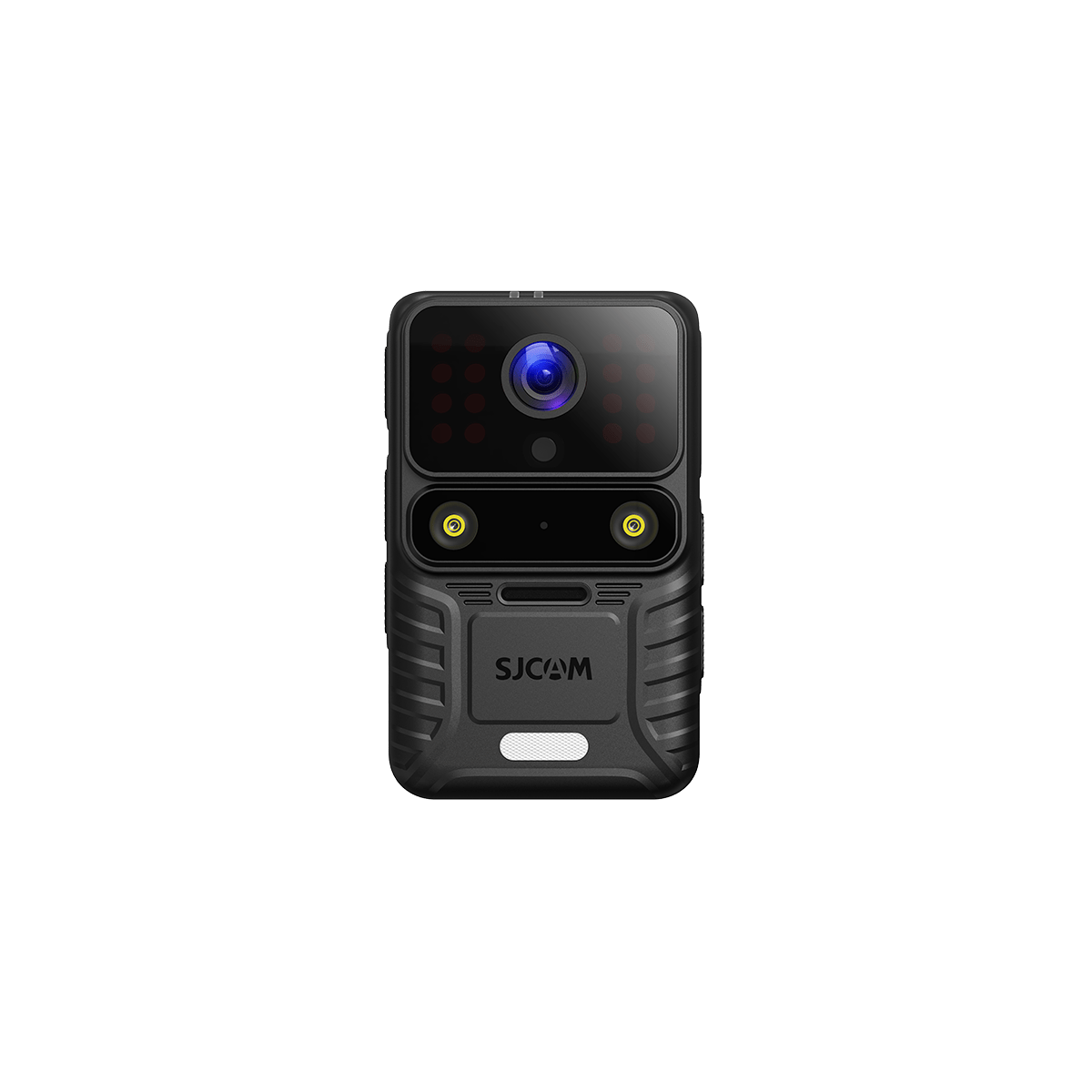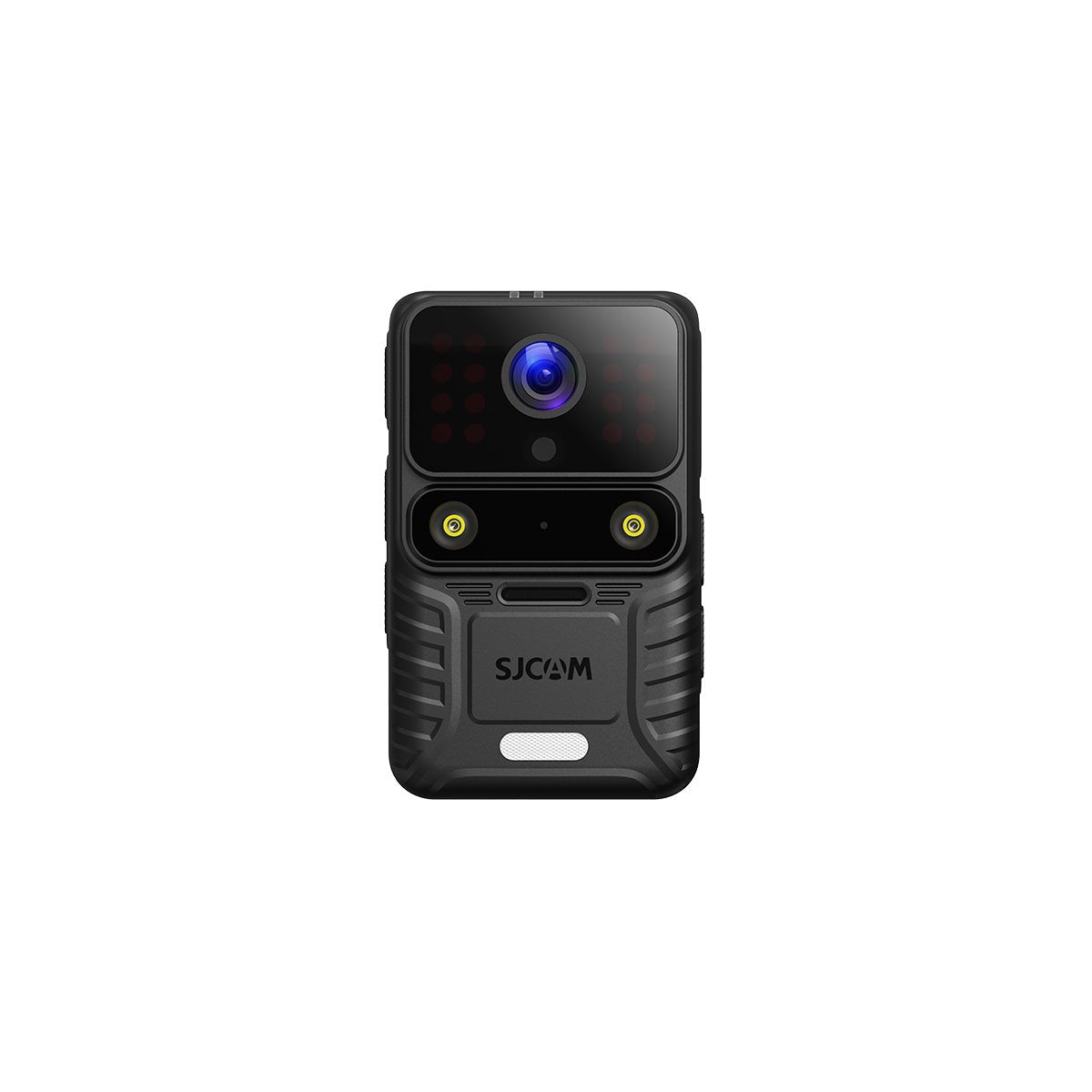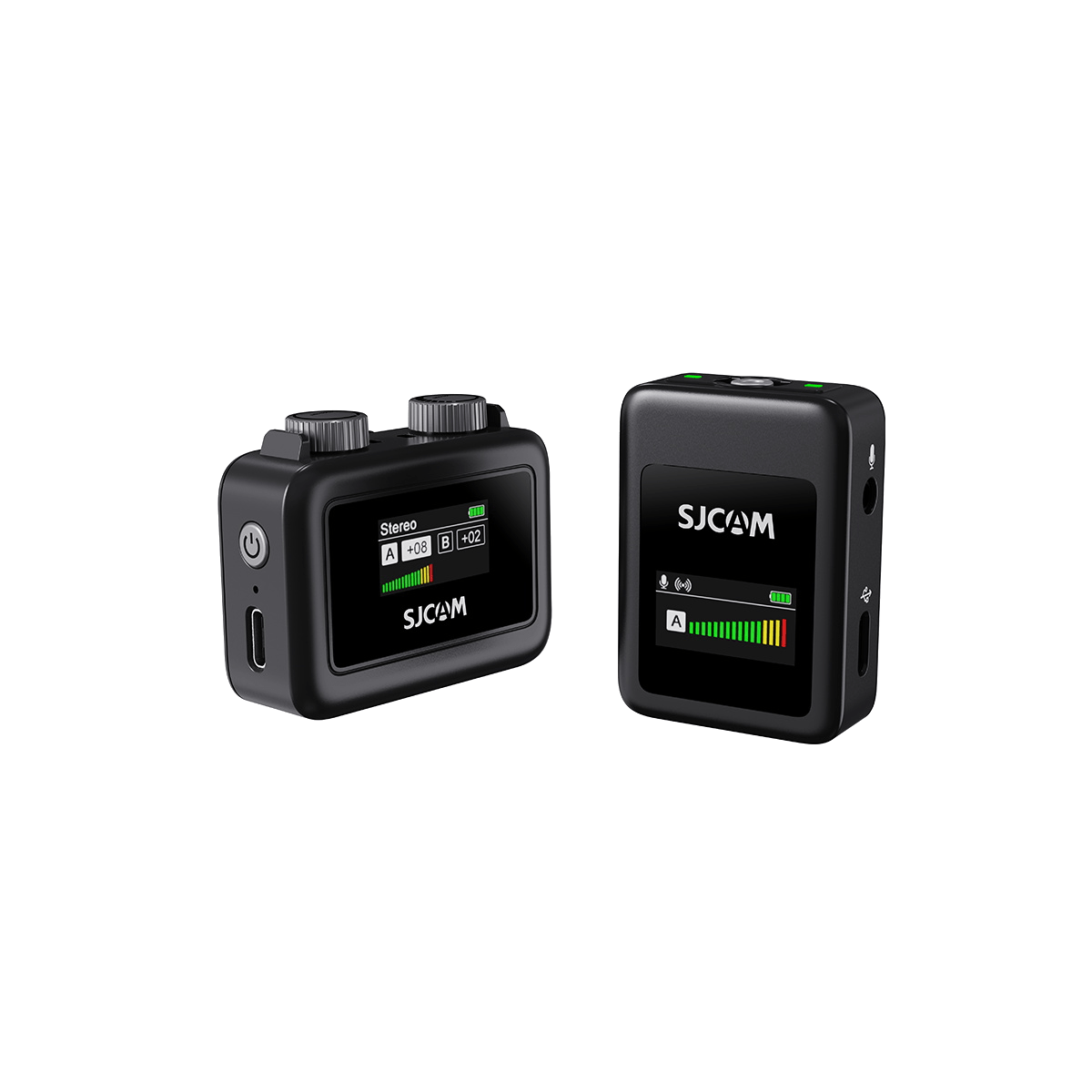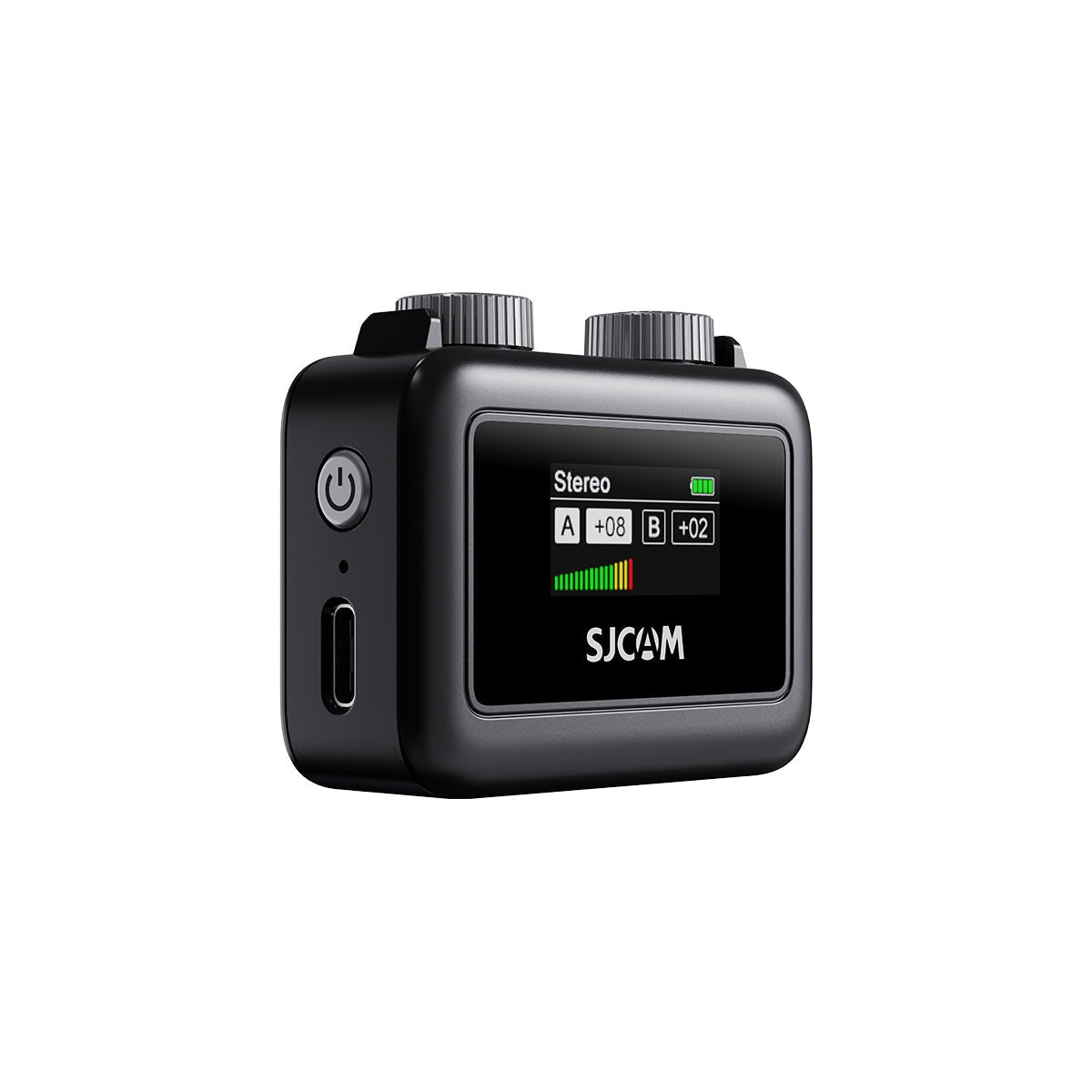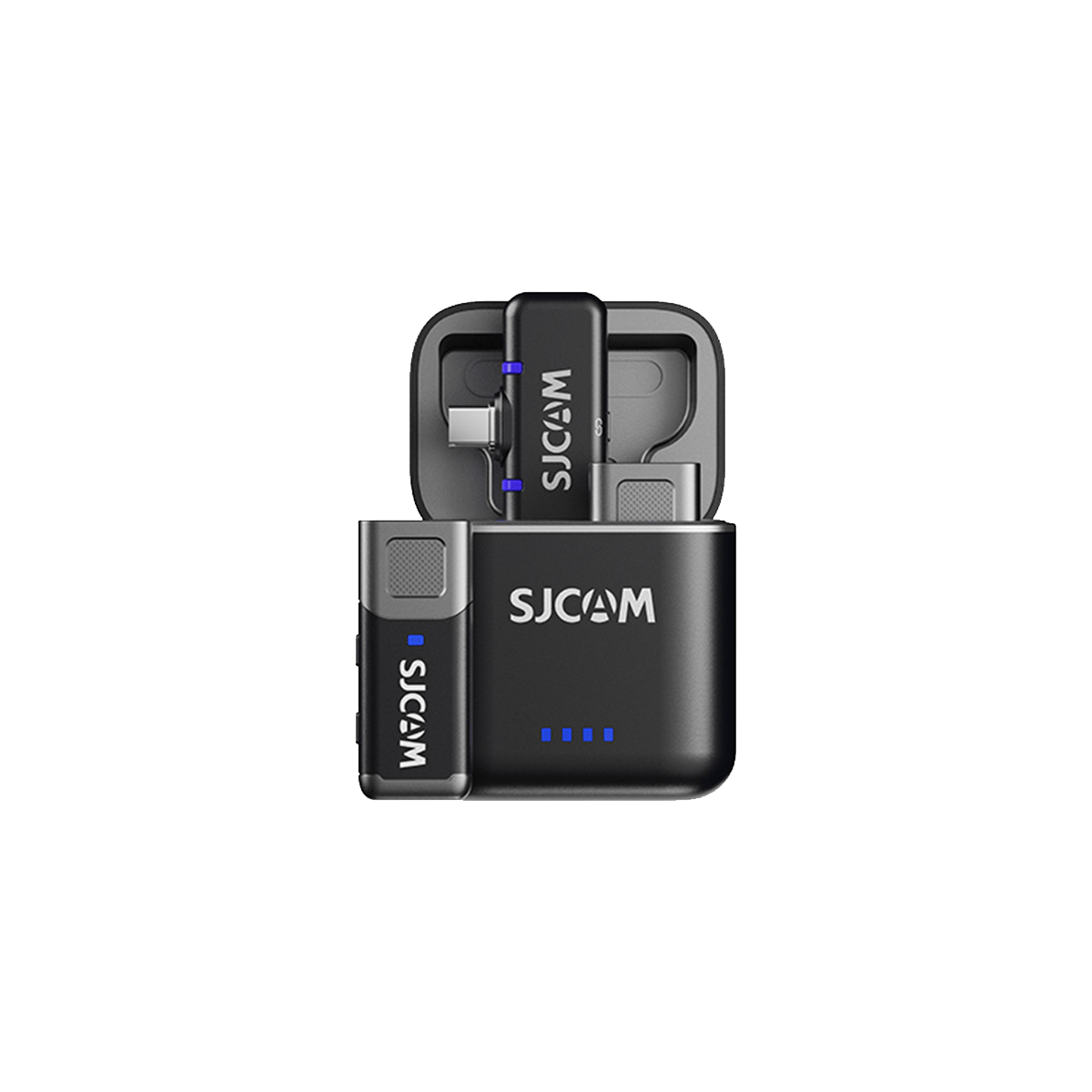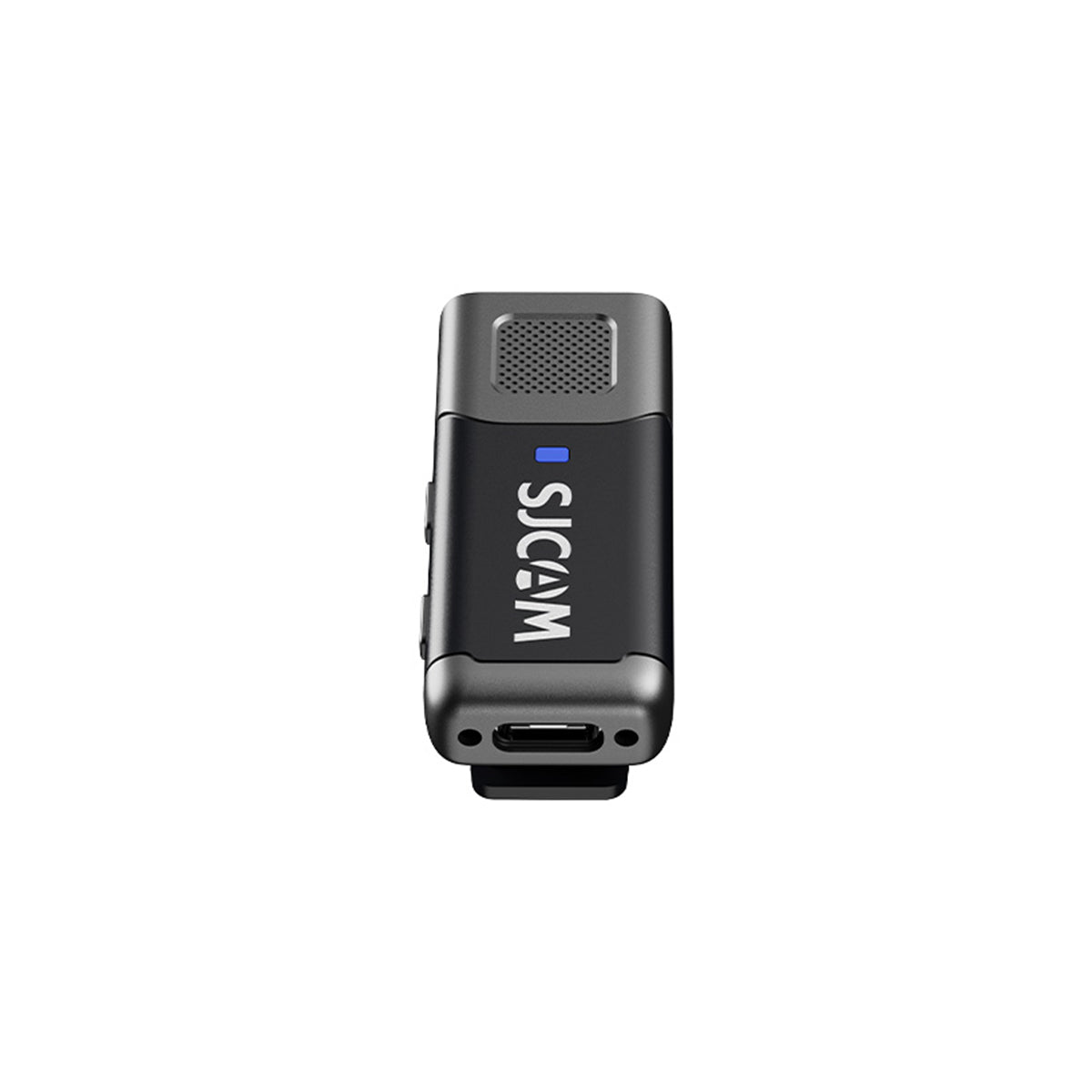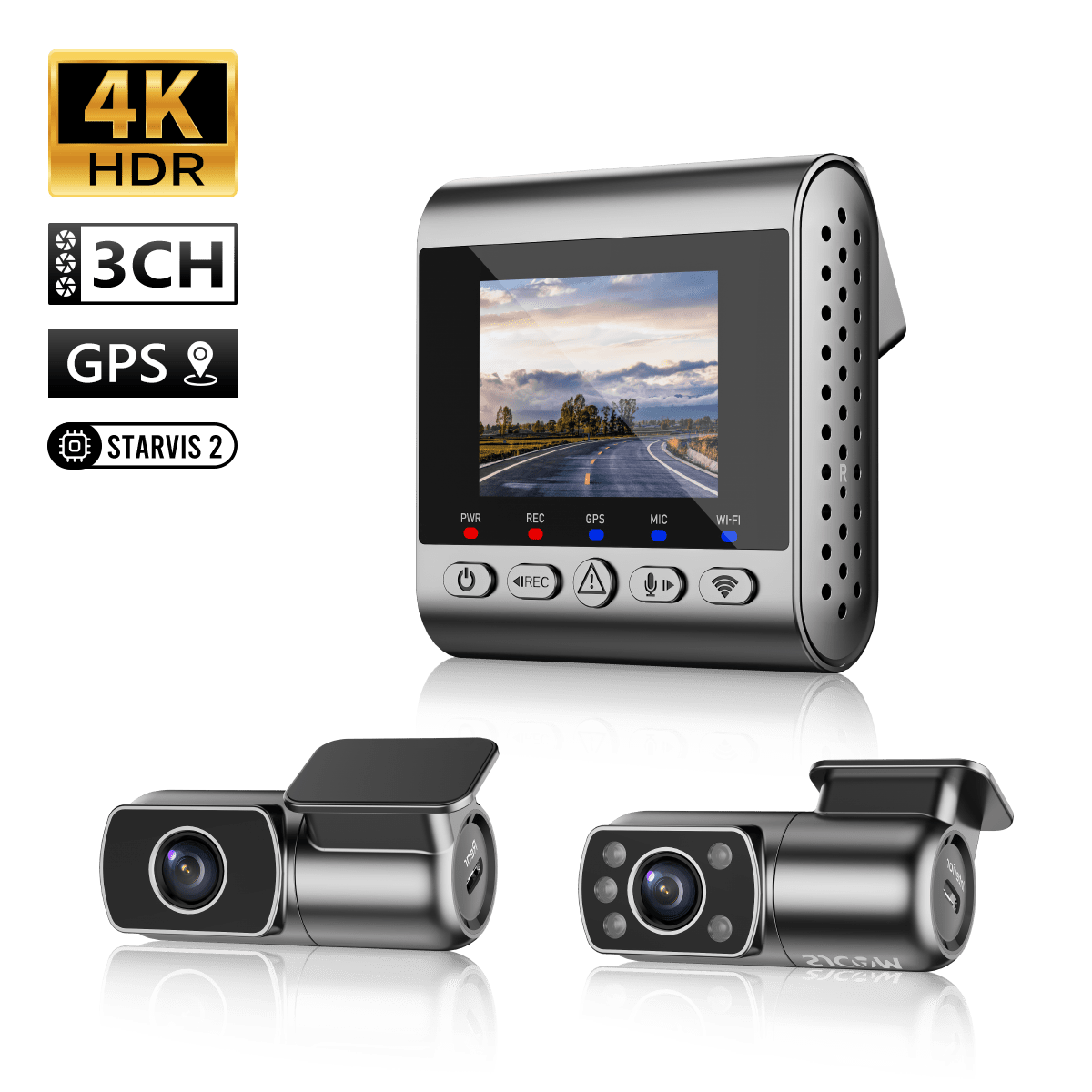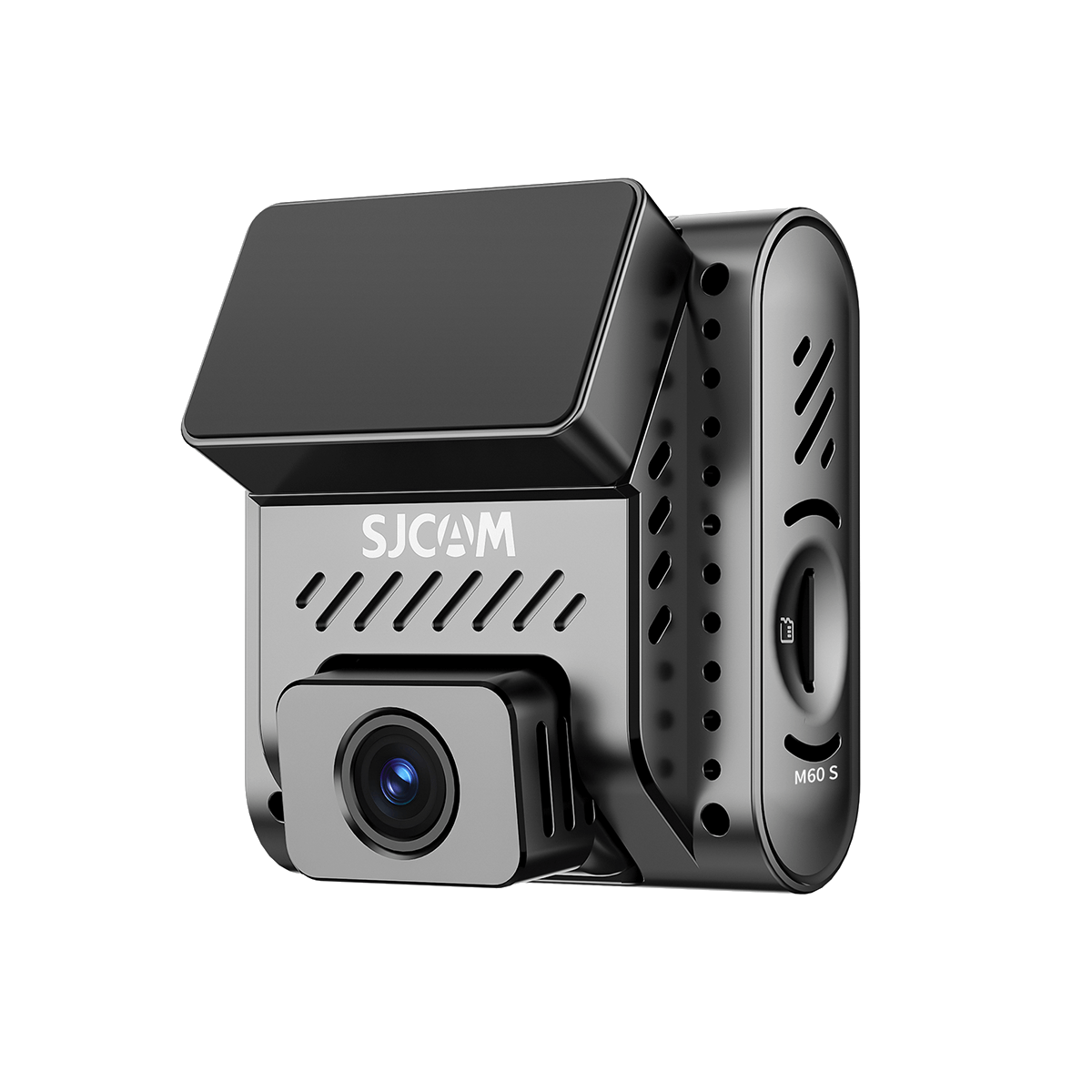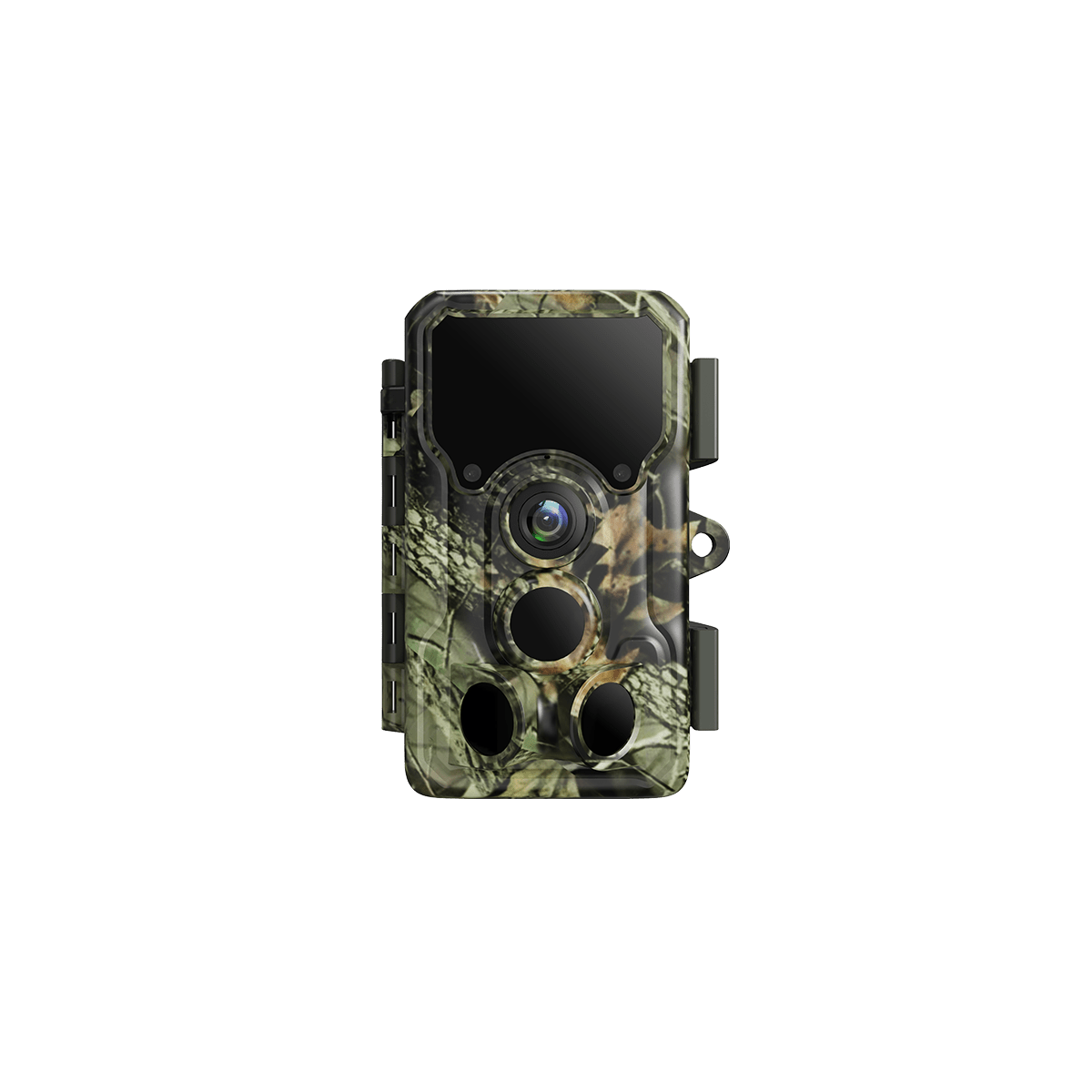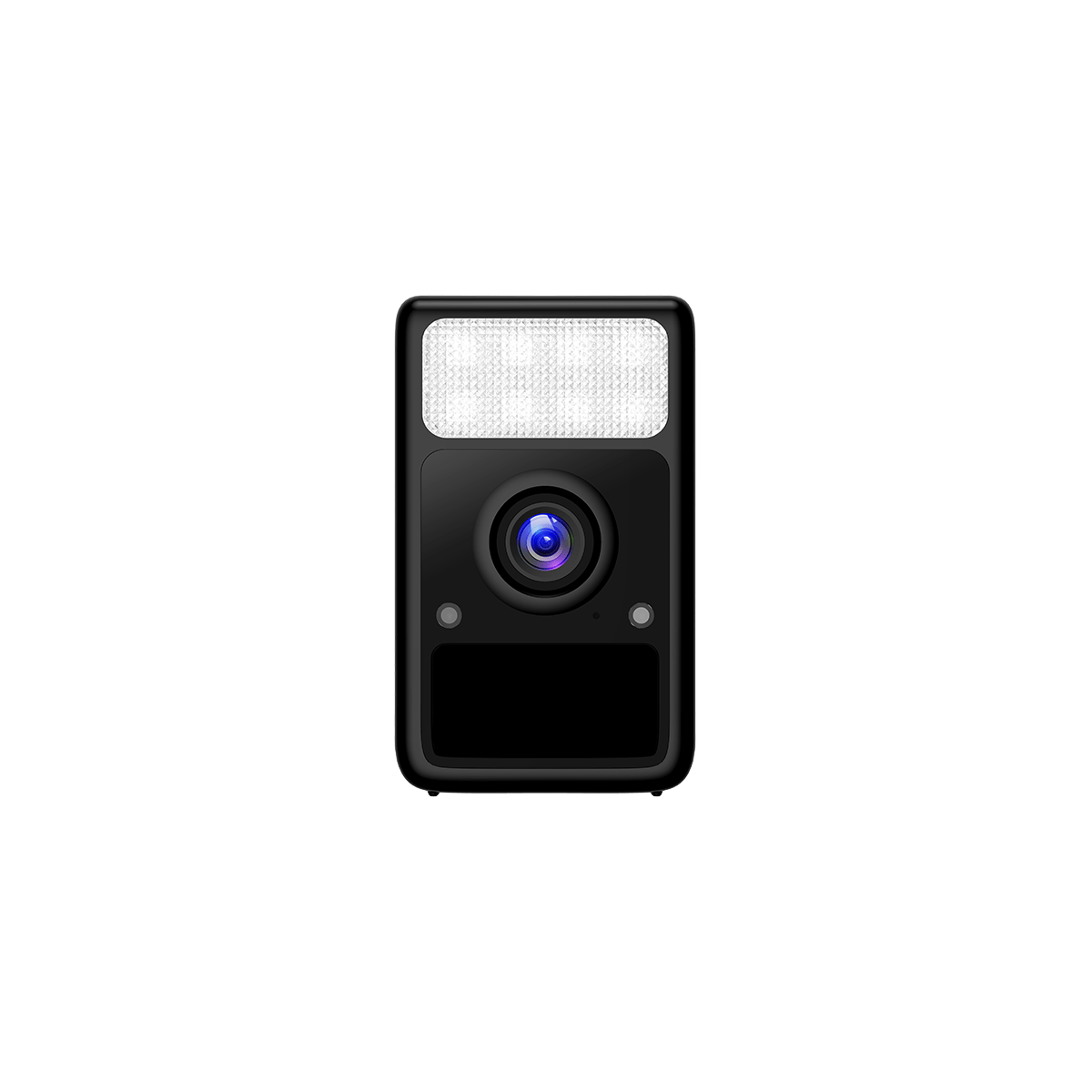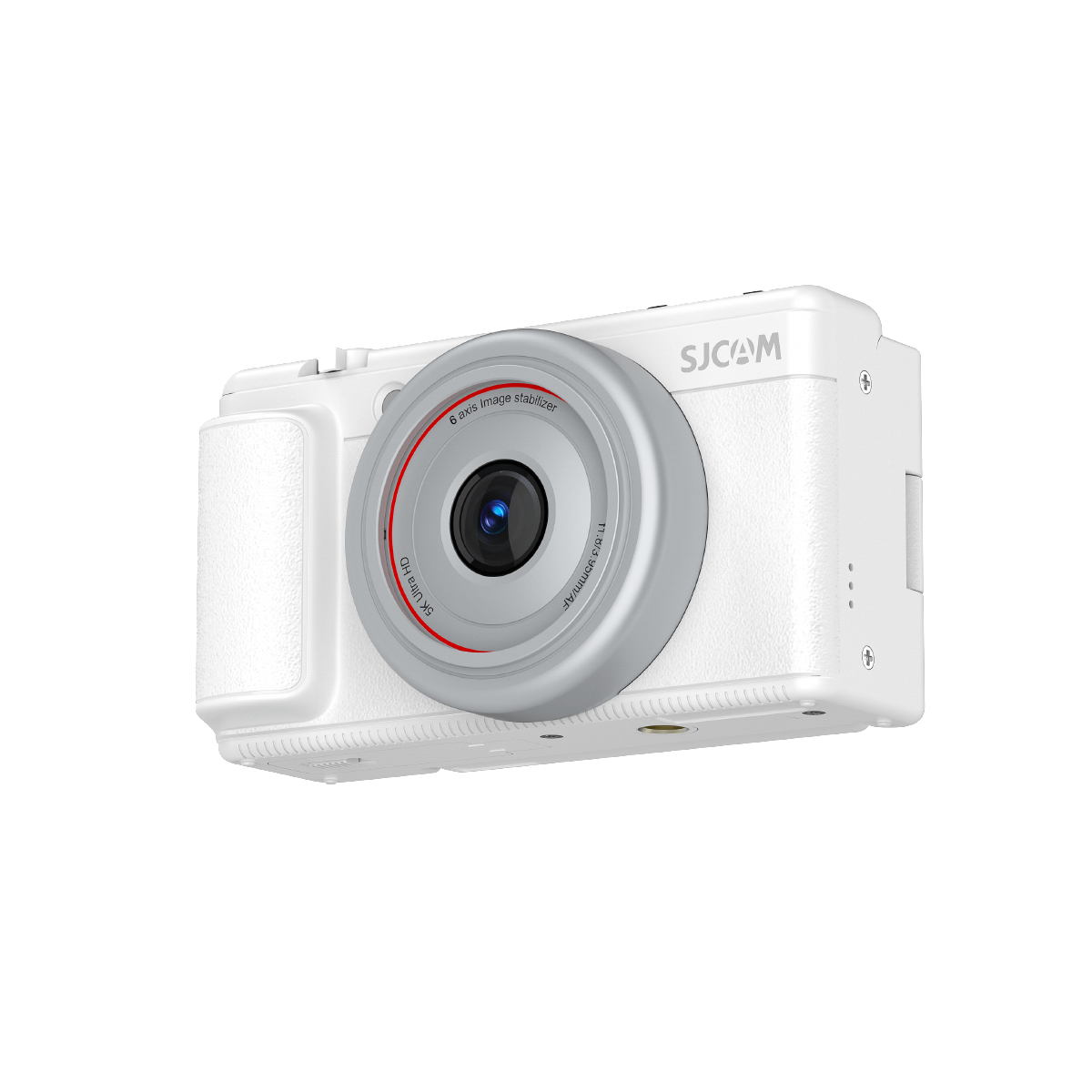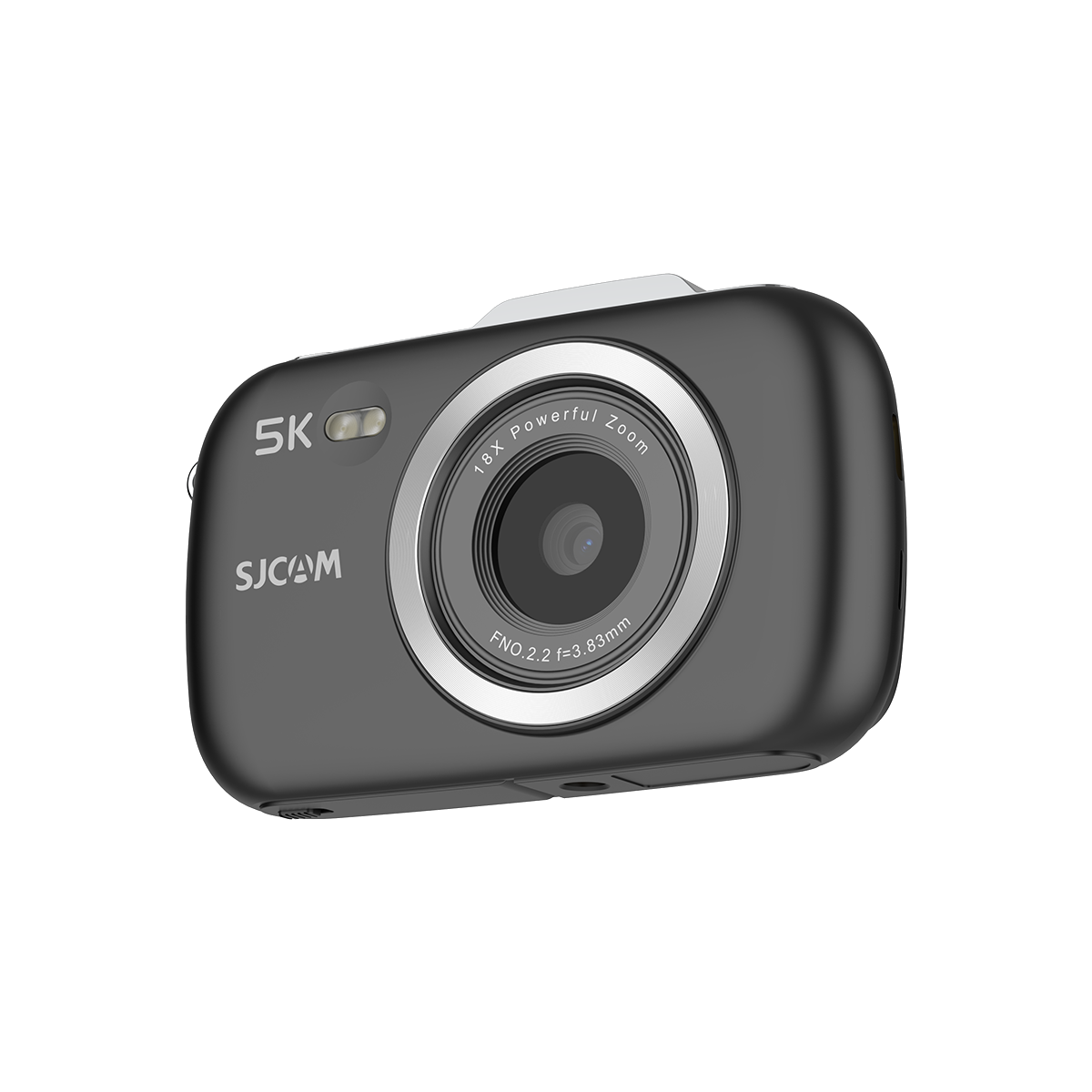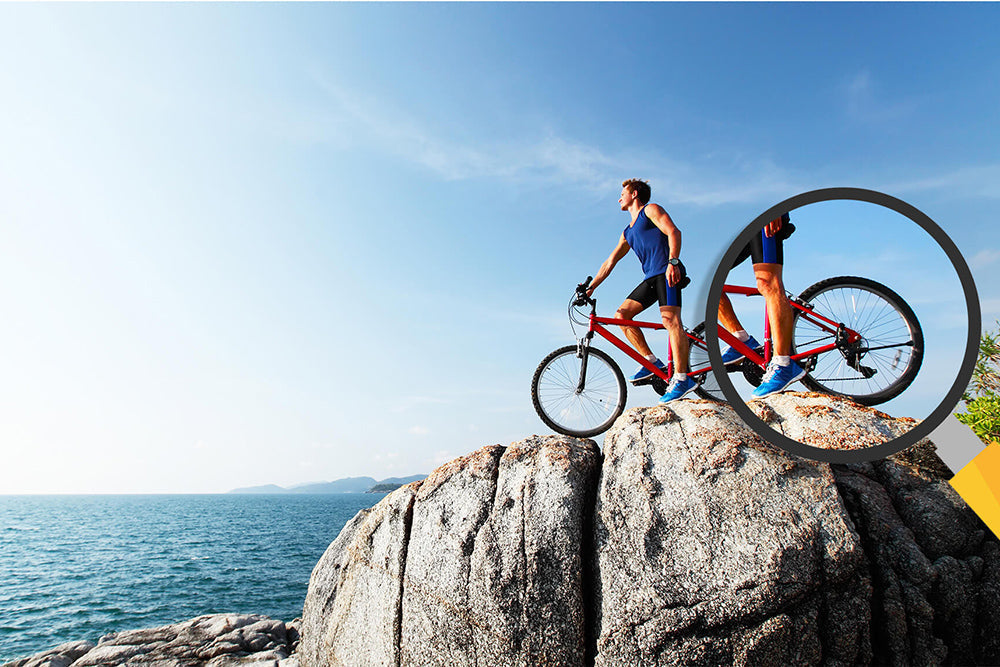
High Definition Camera: Everything You Need to Know
Shopping for a high-definition camera and feeling overwhelmed? Whether you're vlogging, documenting trips, or just want better videos than your phone manages, understanding what makes a high-definition camera work will save you money and disappointment.
What Is a High-Definition Camera?
"High definition" means your camera can record video at 720p or better. That's 1280×720 pixels. Most people think HD stops at 1080p (1920×1080 pixels), but technically, anything above 720p counts as HD.

A high-definition video camera combines a decent image sensor, good processing power, and quality optics. You can have all the pixels in the world, but if the lens or sensor is subpar, your footage will still look mediocre.
Is 4K or High Definition Better?
This confuses people all the time. 4K actually is high definition—just a higher level of it than what is mostly called "regular HD" (which is 1080p).
| Caratteristica | HD 720p | HD (1080p) | 4K (2160p) |
| Risoluzione | 1280x720 | 1920×1080 | 3840×2160 |
| File Size | Small (~1MP) | Medium (~2MP) | Large (~8MP) |
| Storage Needs | Minimal | Moderate | Substantial |
| Processing Power | Basic | Standard | High-end Required |
| Il migliore per | Basic recording, web streaming | General use, streaming | Professional work, editing |
For everyday users, social media content, and web streaming, HD often provides the perfect balance of quality and practicality. Meanwhile, 4K excels in professional productions, large-screen displays, and situations where post-production cropping or stabilization is needed.
4K packs in four times as many pixels as 1080p. Does that automatically make it better? Not really. 1080p does the job just fine in most instances.
4K only really helps in editing. You can crop in pretty far and still keep decent quality. It also looks noticeably better on bigger screens, and if you're making content professionally, it's becoming more expected. The downside? It absolutely destroys storage space, and you'll need a fairly beefy computer to edit it smoothly.
For everyday use, 1080p honestly gives you the best balance—good quality without the headaches.
Benefits of High-Resolution Cameras
Sharper details definitely matter. Signs and text can be read in the background, or someone's expression can be caught from across the room. When you're filming something important, those details add up.
Cropping and zooming in post-production become way easier. With 4K especially, you can punch in on your footage during editing, and it'll still look sharp—really handy when you realize later you should've framed something differently.
Future-proofing is worth thinking about too. Screens keep getting better, so footage that looks great now will still hold up in a few years if you shoot in higher resolution. If you're creating content professionally or building a channel, HD's basically the bare minimum these days.
High Definition Camera Buying Guide
Here's what actually matters when shopping:
⦁ Resolution and frame rates—look for 60 fps if you want smooth action or slow motion. Bitrate (how much data captured per second) affects quality too. Higher is better but uses more storage.
⦁ Stabilization is crucial for handheld or action shooting. EIS or OIS prevents unwatchable shaky footage.
⦁ Low light performance—bigger sensors handle darker situations better. Check user reviews about performance in poor lighting.
⦁ Durability for outdoor use—check IPX ratings for water resistance and build quality.
⦁ Battery and storage costs add up fast with HD video. Budget for extras.
What Is the Best High-Definition Camera?
Here's the honest answer: it depends on what you're doing with it. But here are some options:
For Action & Adventure: SJCAM C400
The SJCAM C400 action camera is solid for action sports and outdoor stuff, with its very high 4K resolution at 30 fps and really good stabilization from the upgraded Steady Motion V1.0 stabilization algorithm—crucial when you're moving fast or dealing with rough terrain. Even when you're getting tossed around, your footage stays smooth.

Build quality is good, it's properly waterproof, and the battery lasts up to 7 hours with the included handheld controller with its own built-in battery. It won't cost you an arm and a leg either when compared to other high-end products on the market. The camera comes with a full set of accessories, which can be complemented with additional accessories from the company, should they be needed.
For Vlogging & Daily Content: SJCAM SJ20
Want something versatile for those perfect action shots and videos? The SJCAM SJ20 dual-lens action camera delivers with its multitude of features, among which is the almost unbelievably impressive night vision capturing, made possible by the first-ever global dual lenses.

The touchscreen works well, it's light enough that you won't mind carrying it all day, and the really impressive image quality makes this the action camera you want. It is perfect for travel vlogs, family stuff, or just everyday shooting.
High Definition Camera Usage Tips
Lighting is everything. Shoot outdoors during golden hour (early morning or late afternoon) when you can. Indoors, position yourself near windows or grab some cheap LED panels.
Even with stabilization, try to stay steady. A gimbal helps for walking shots, or just brace yourself against walls or furniture.
Digital zoom is basically useless—it's just cropping. If you need to get closer, actually move closer.
Frame rates: 24 fps for that cinematic look, 30 fps for standard web video, and 60 fps if you want smooth motion or slow-mo capability.
Conclusione
Buying a high-definition video camera doesn't have to be complicated. Figure out what resolution you need (1080p or 4K), prioritize stabilization and low-light performance, and budget for accessories.
The SJCAM options are solid choices. But remember: the best camera is the one you'll actually use. Don't overthink it—just go shoot.
Frequently Asked Questions
What is better, 1080p or high definition?
This question's confusing because 1080p is high definition—specifically Full HD. When just HD is mentioned it actually means 720p, which is the minimum. Full HD (1080p) has more than double the pixels of 720p HD.
Can the human eye see 4K or 16 MP?
Yes, but context matters. You can definitely tell the difference between 4K and lower resolutions on bigger screens or when you're sitting closer, but on a phone, 1080p vs 4K is barely noticeable. On a 65-inch TV it is way more obvious. What is the highest-resolution camera in the world?
The LSST Camera—a specialized astronomical camera in Chile—holds the record at 3,200 megapixels (3.2 gigapixels). For cameras you can actually buy, high-end pro models go up to about 100-150 MP, while most consumer cameras top out at 12-20 MP, which is plenty for regular use.




